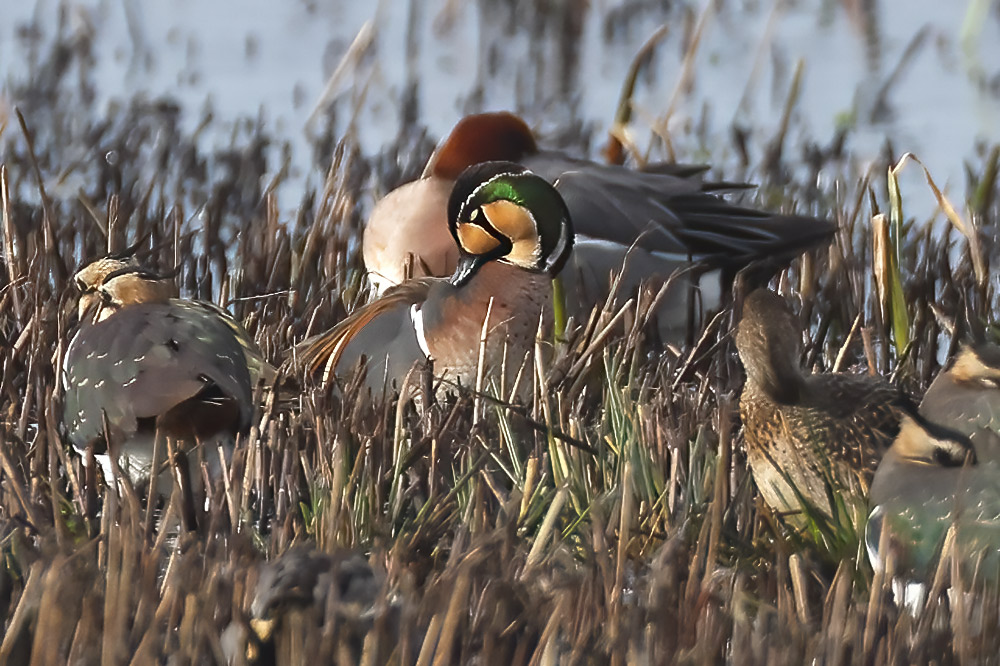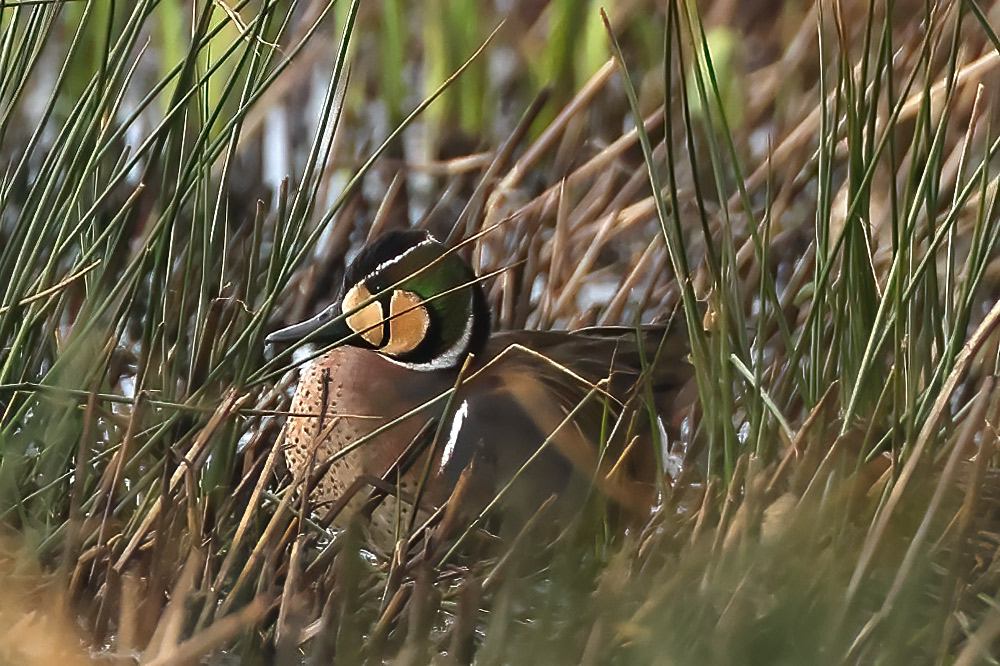February 2024
23rd-27th. A winter break in North Norfolk after almost two years to the day, with Hetty, Kurt, Abi and Adrian.
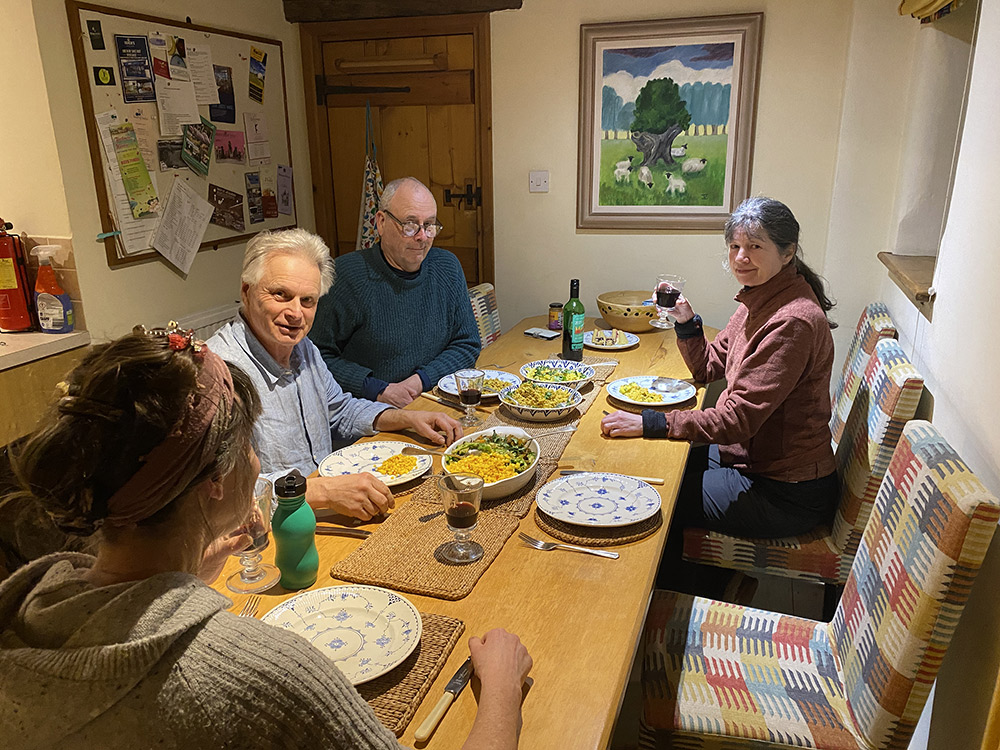
We stayed in Langham, where the church has a stained glass window from the Pro-Raphaelite workshop of Edward Burne-Jones.
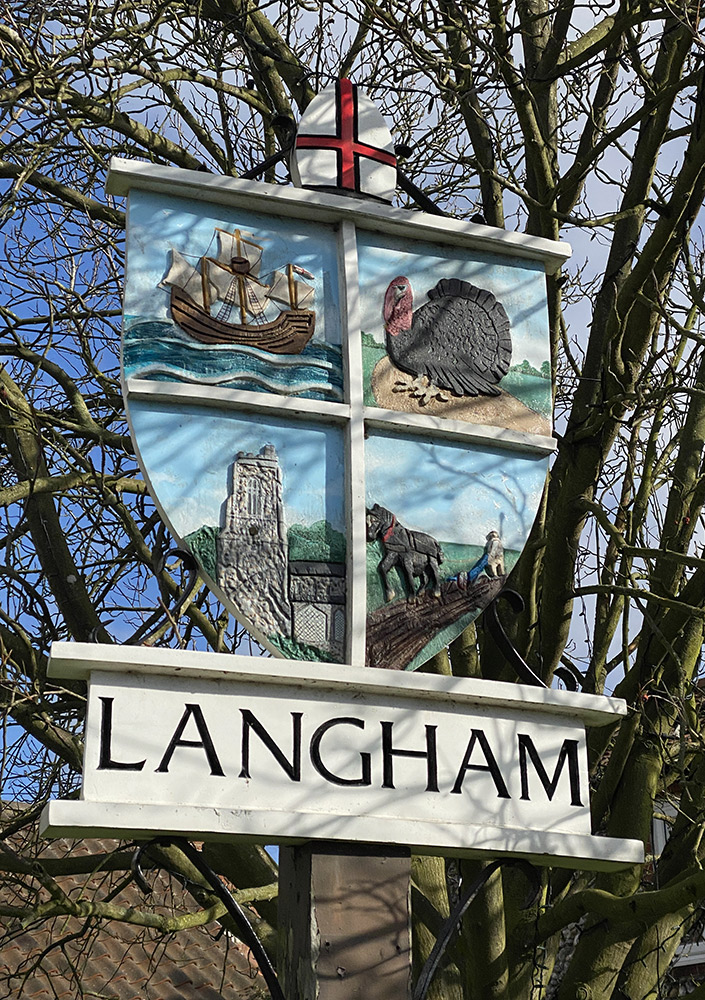
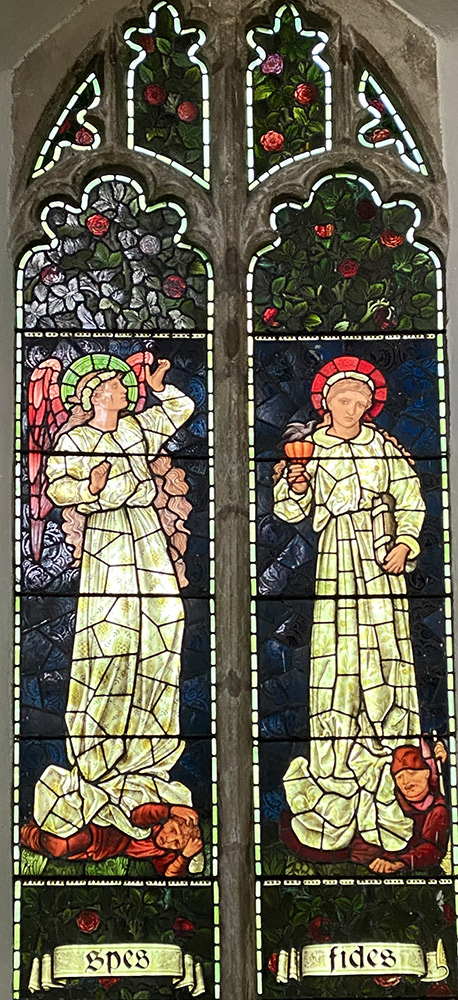
27th. We returned via Welney WWT and Ely Cathedral. At Welney we saw 15 cattle egrets, and had great views of whooper swans, 2 drake scaup, pochard and tree sparrows.
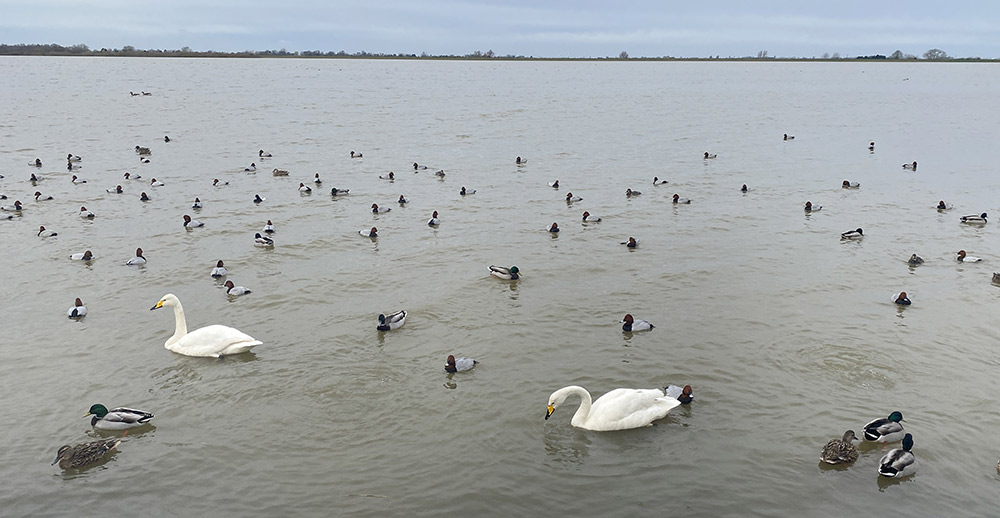
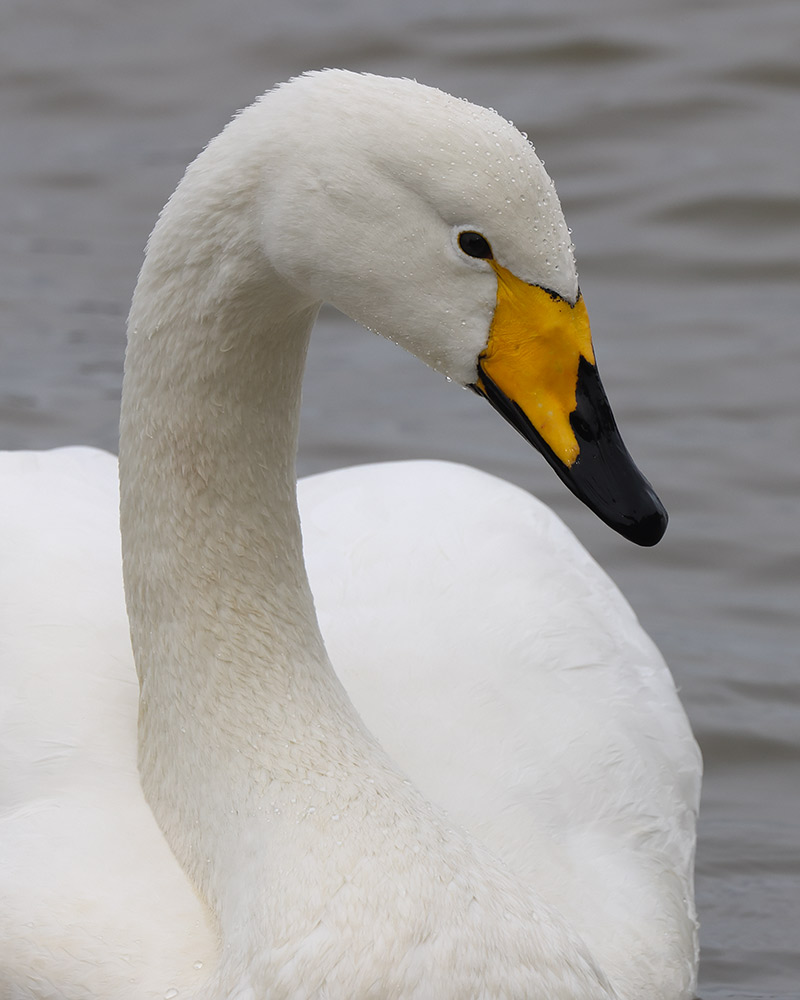
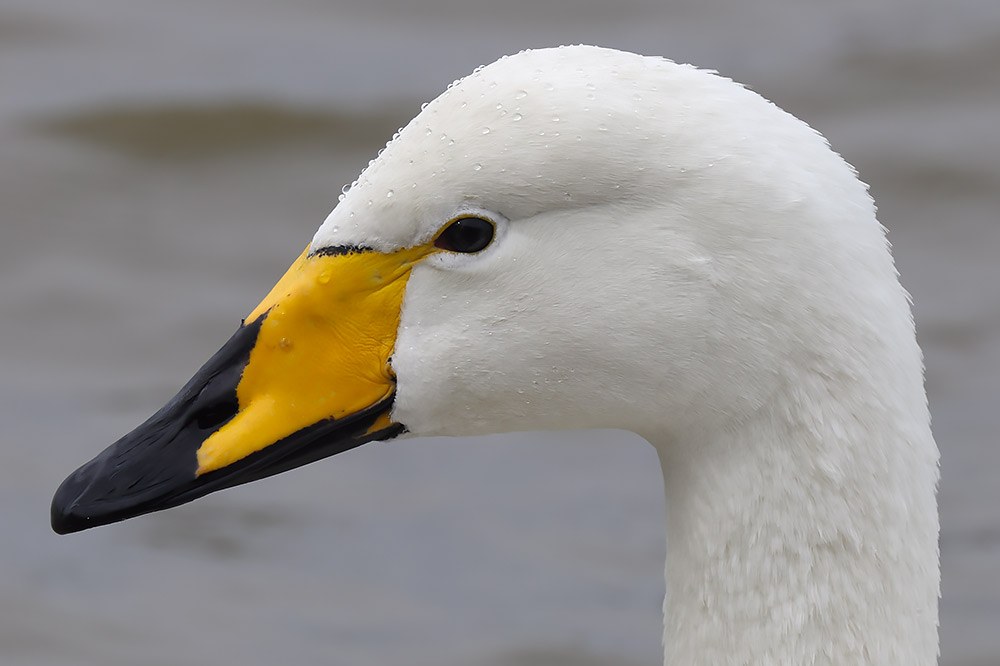
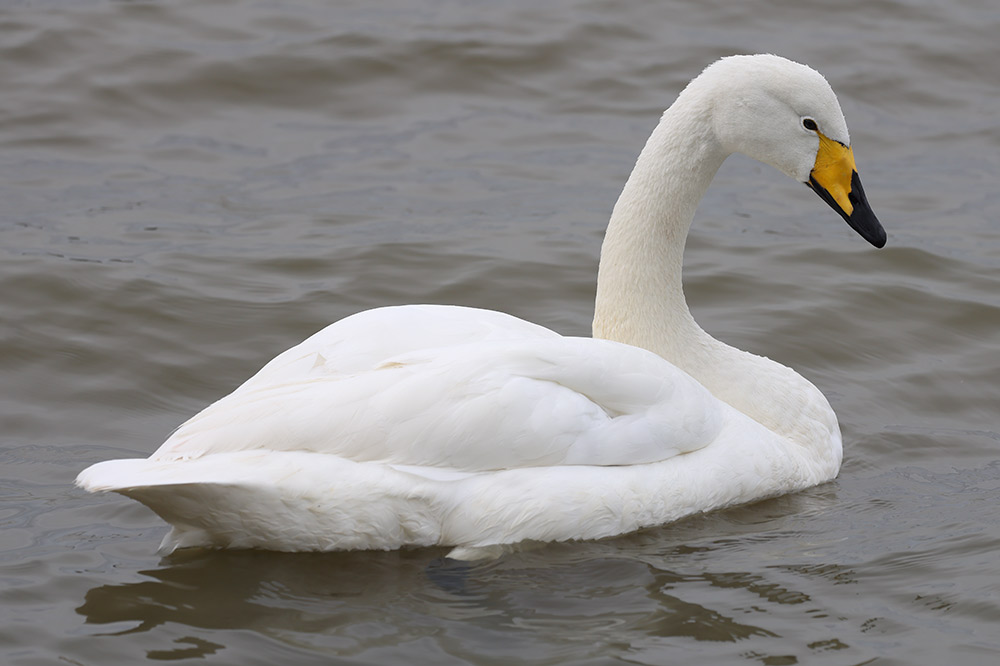
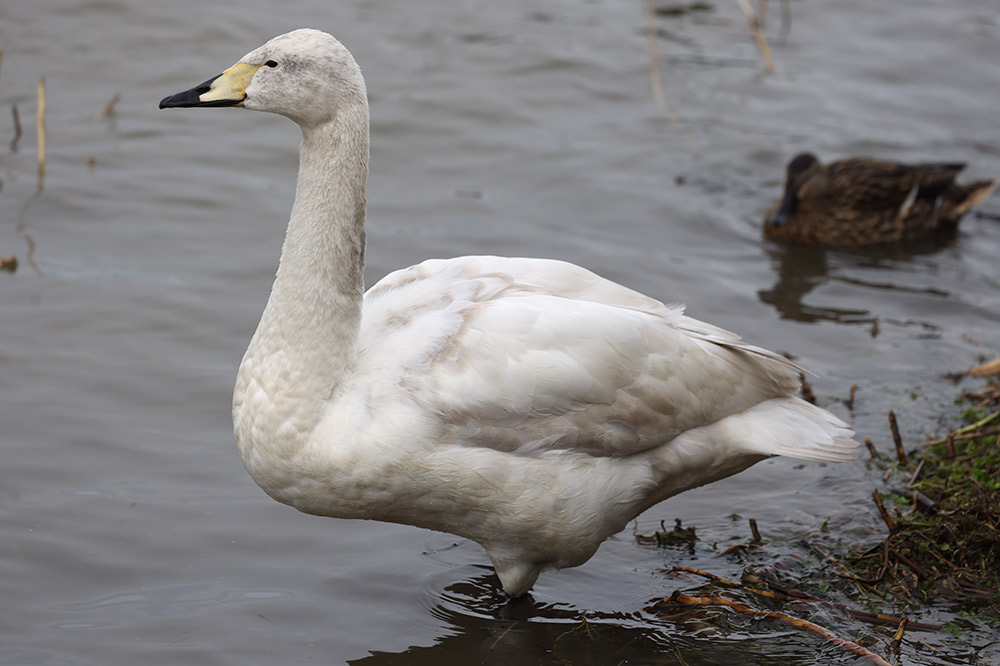
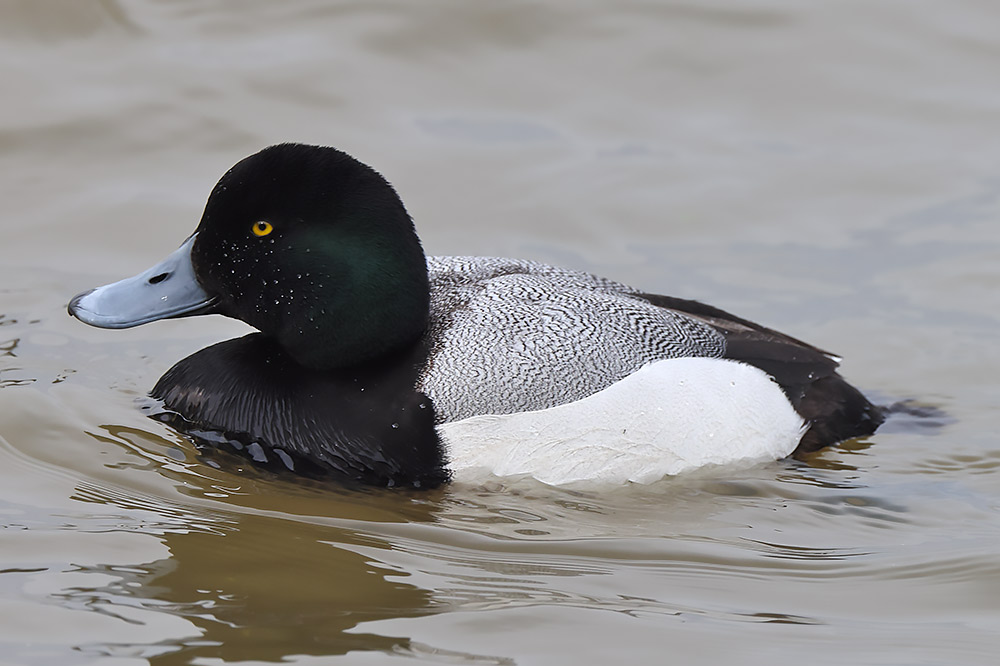
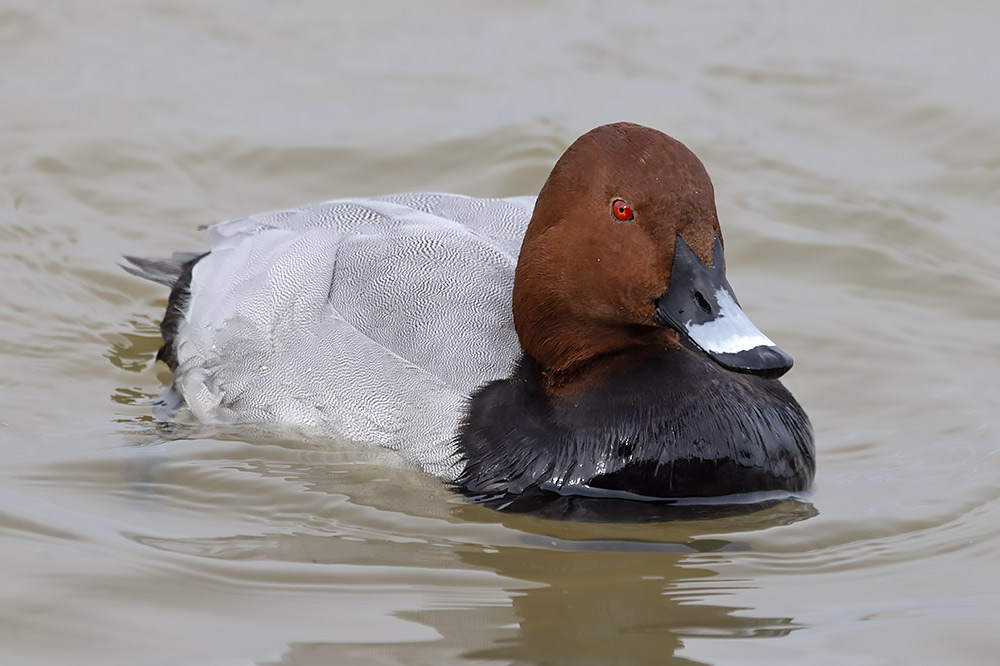
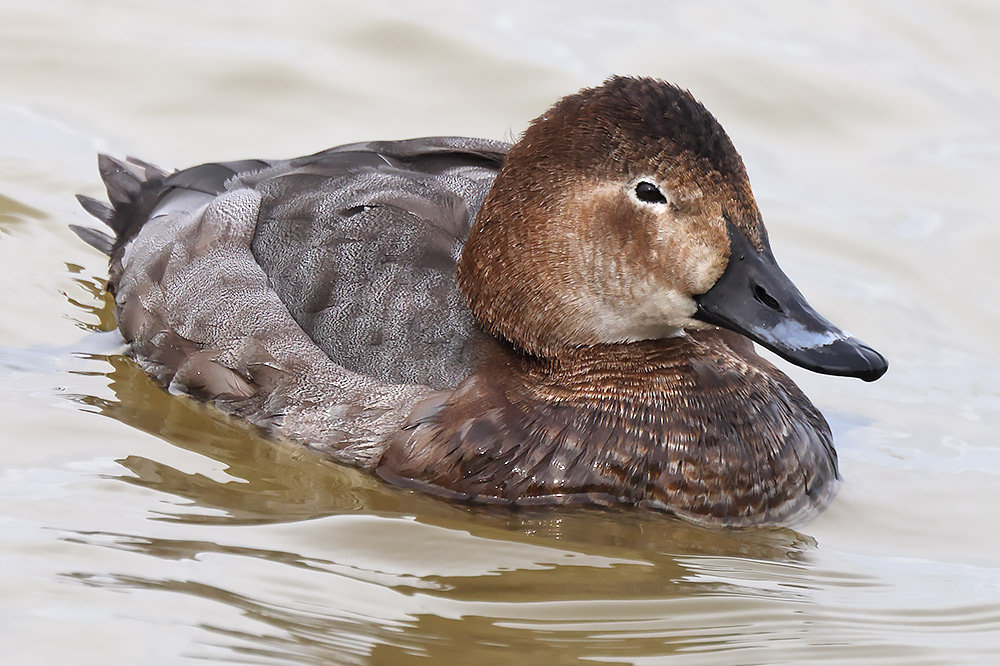
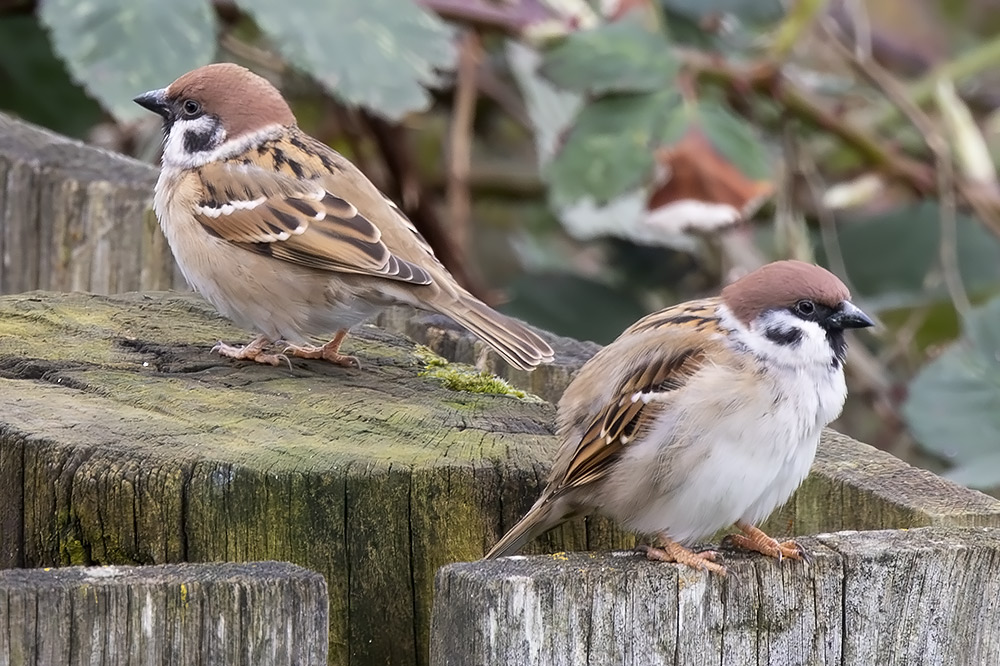
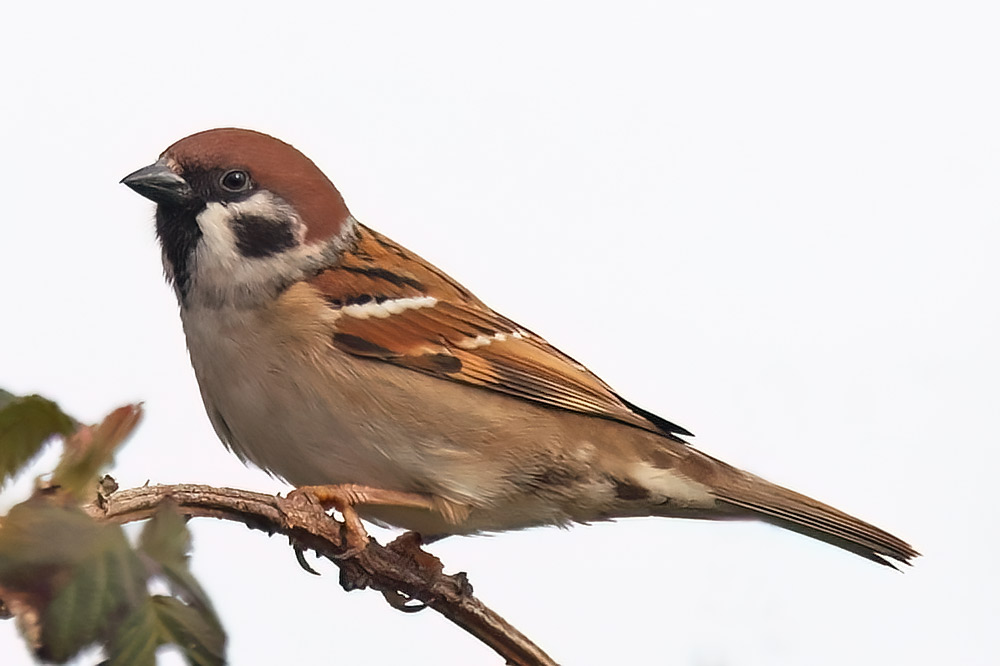
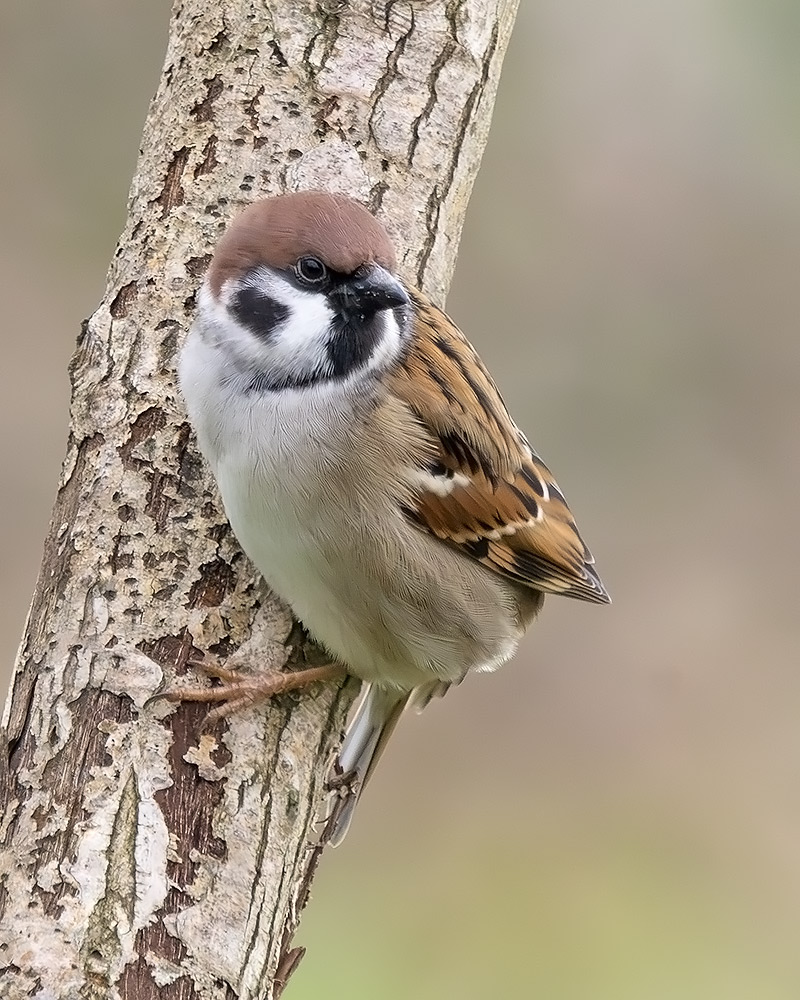
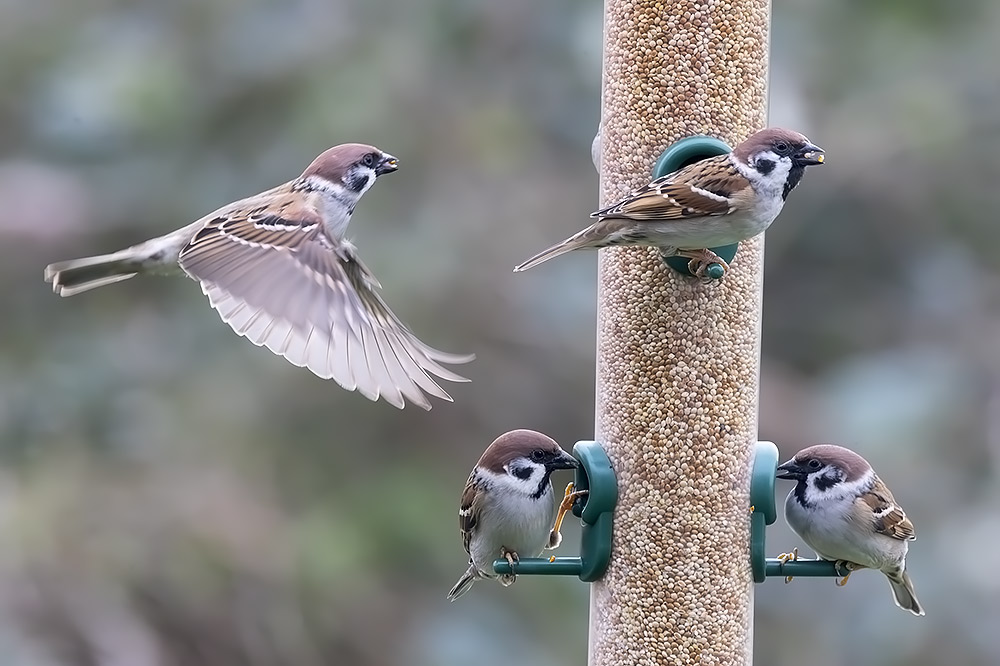
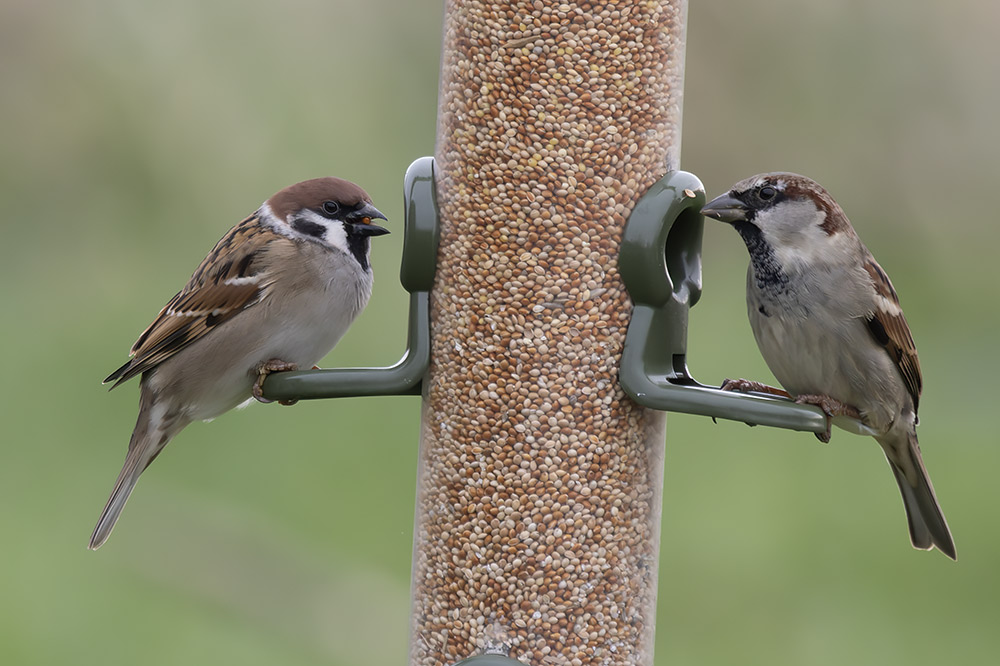
Reed bunting
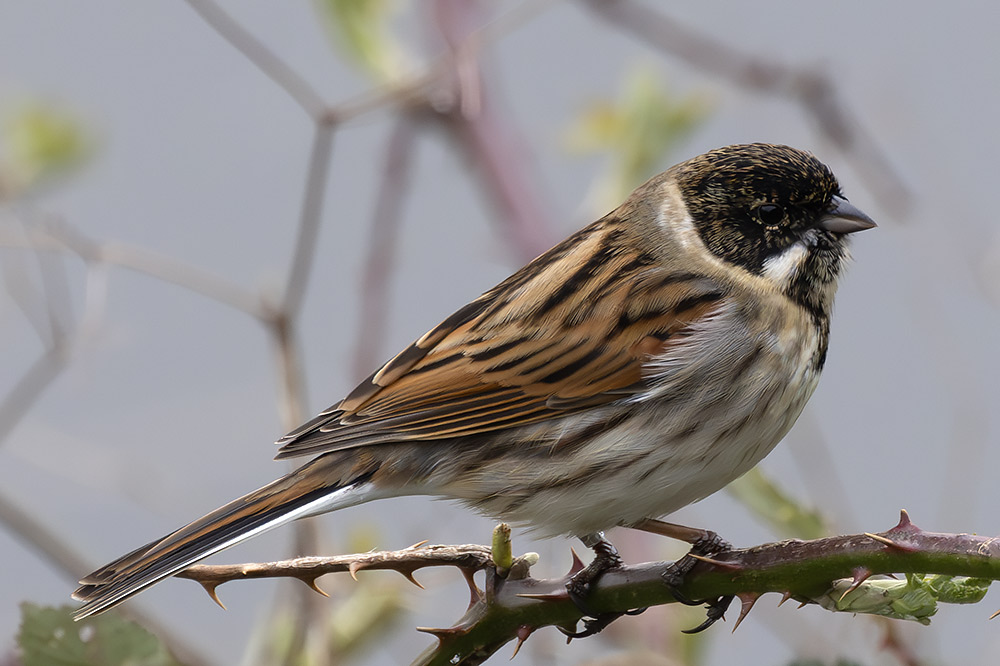
Ely cathedral
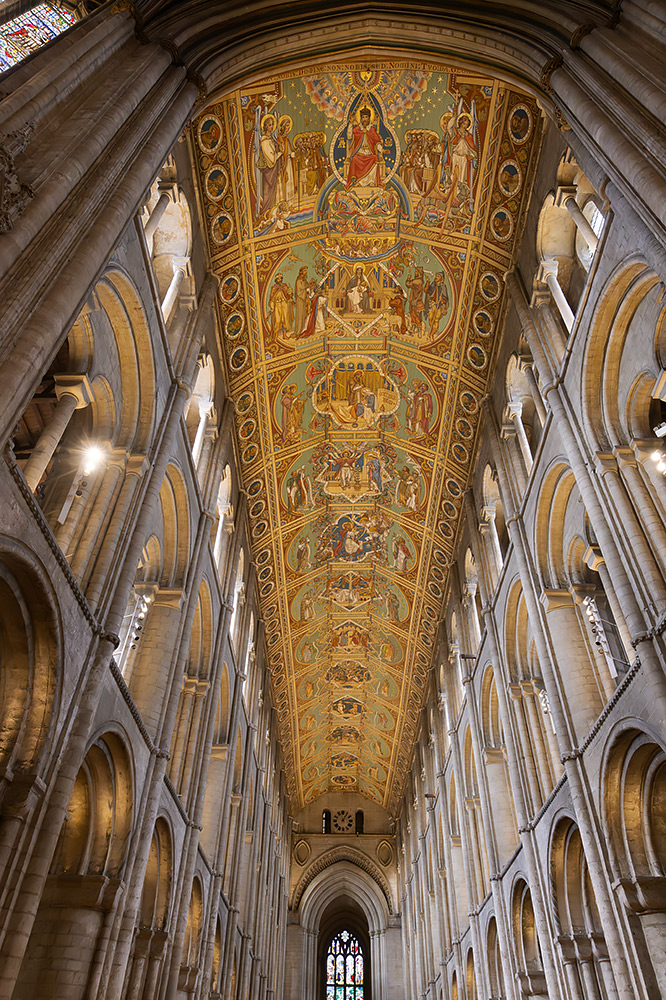
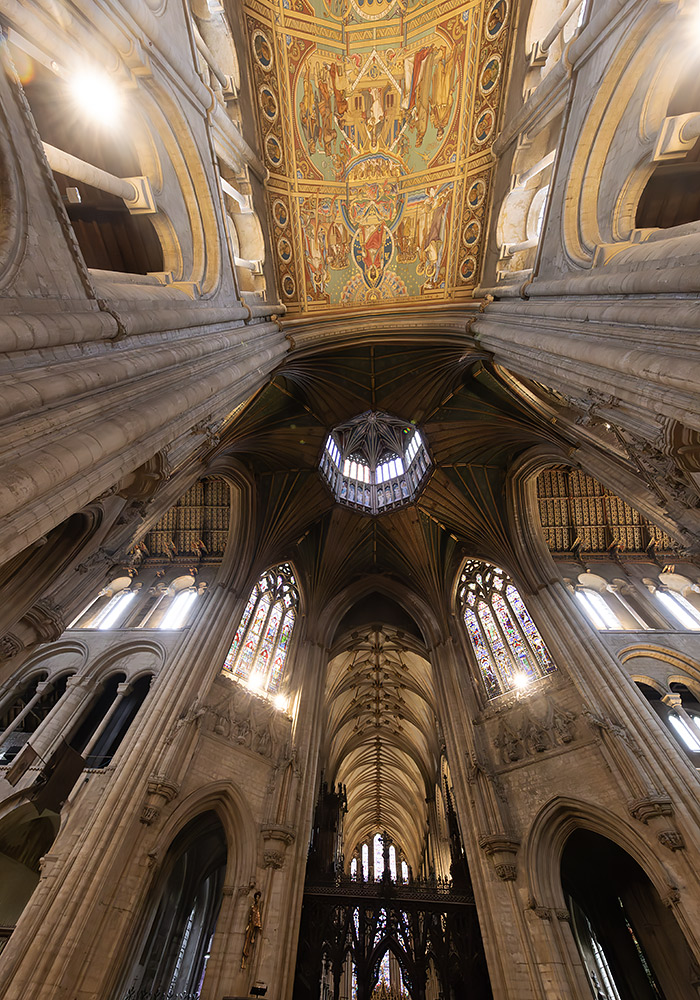
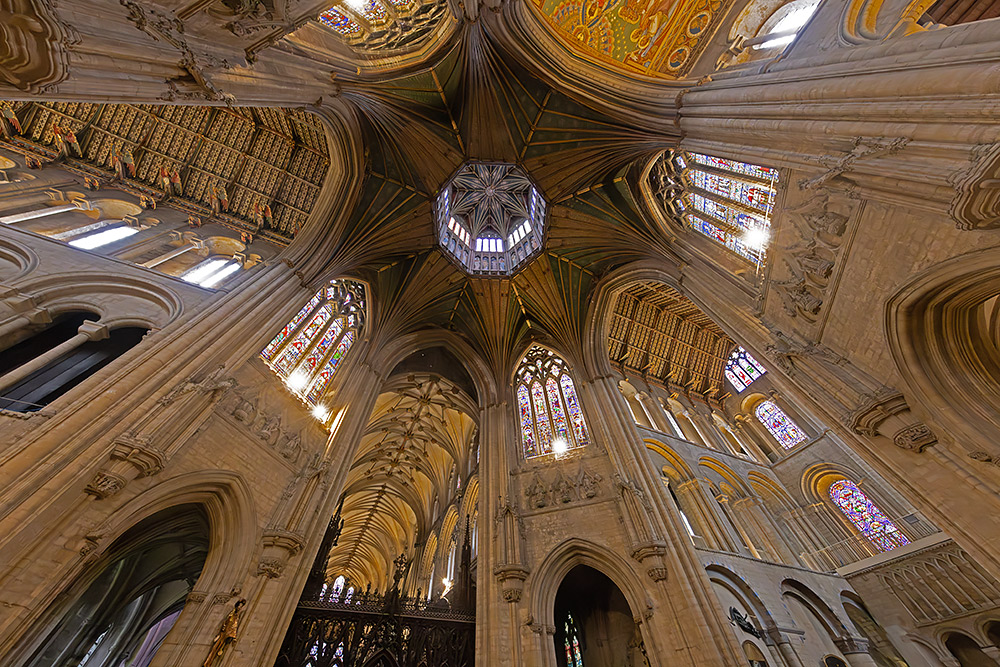
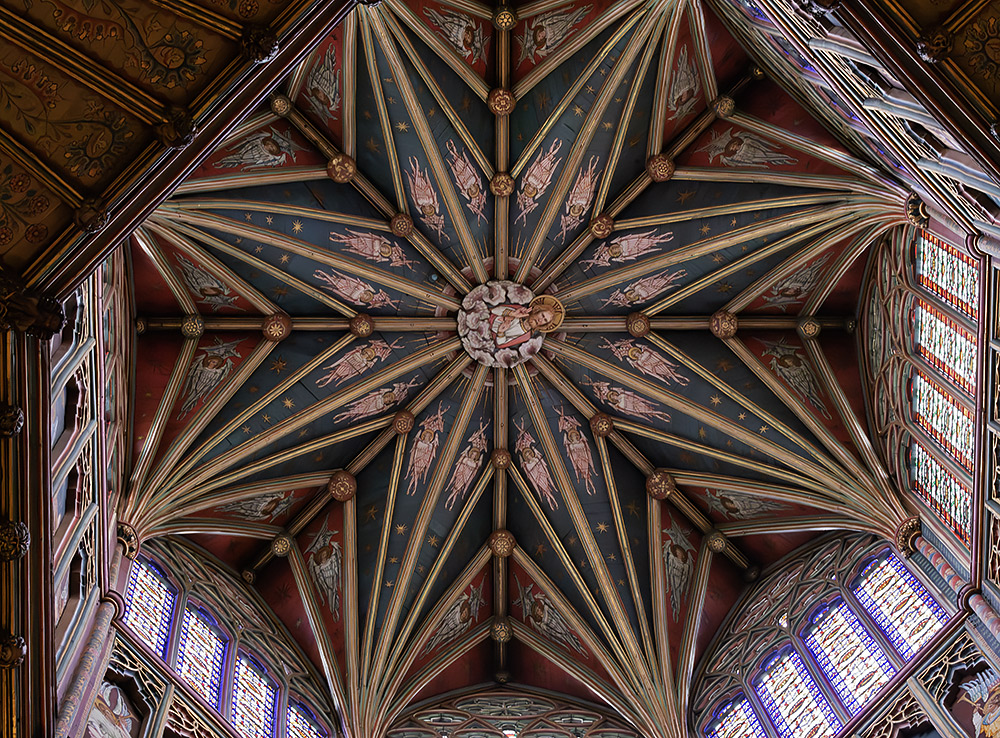
26th. Another early morning, watching brown hares, a Chinese water deer and a pheasant in the frost. Hetty saw a barn owl at Stiffkey.
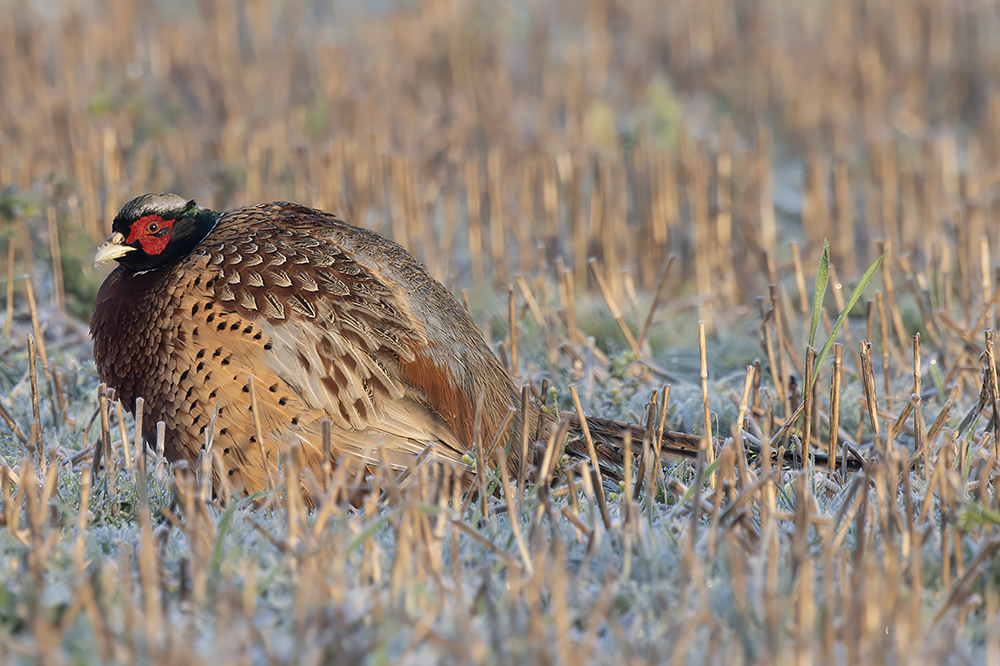
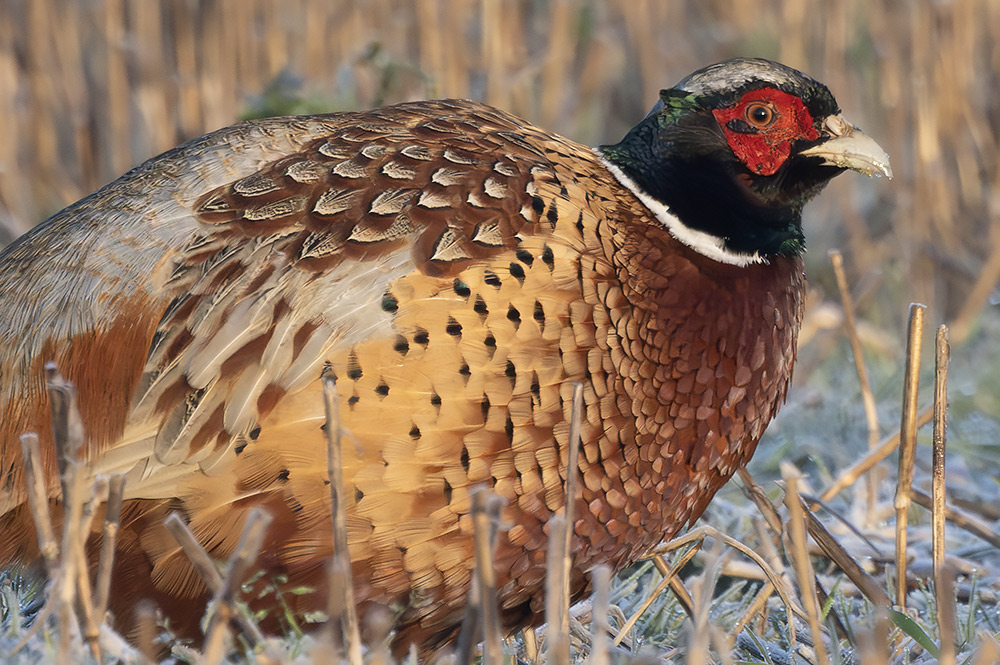
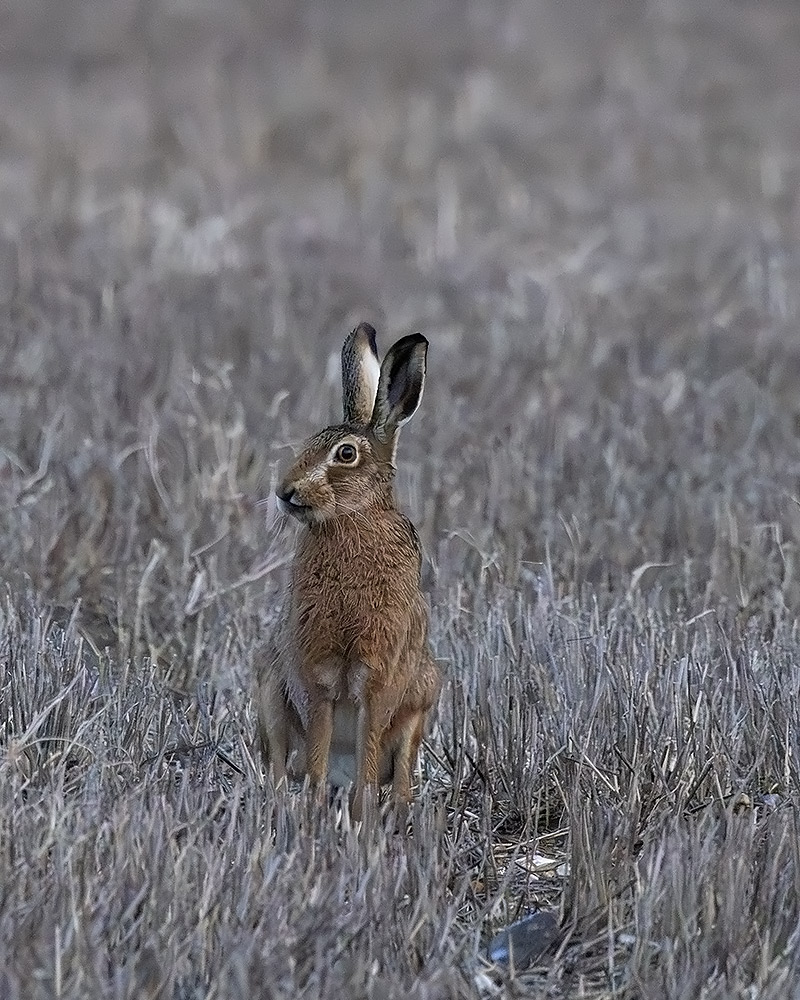
We then walked around the Bayfield Estate to the tremendous Birdscapes Gallery at Glandford. A woodcock flew in the woodland, and a redpoll flew into an alder tree. We had good views of red kites overhead.
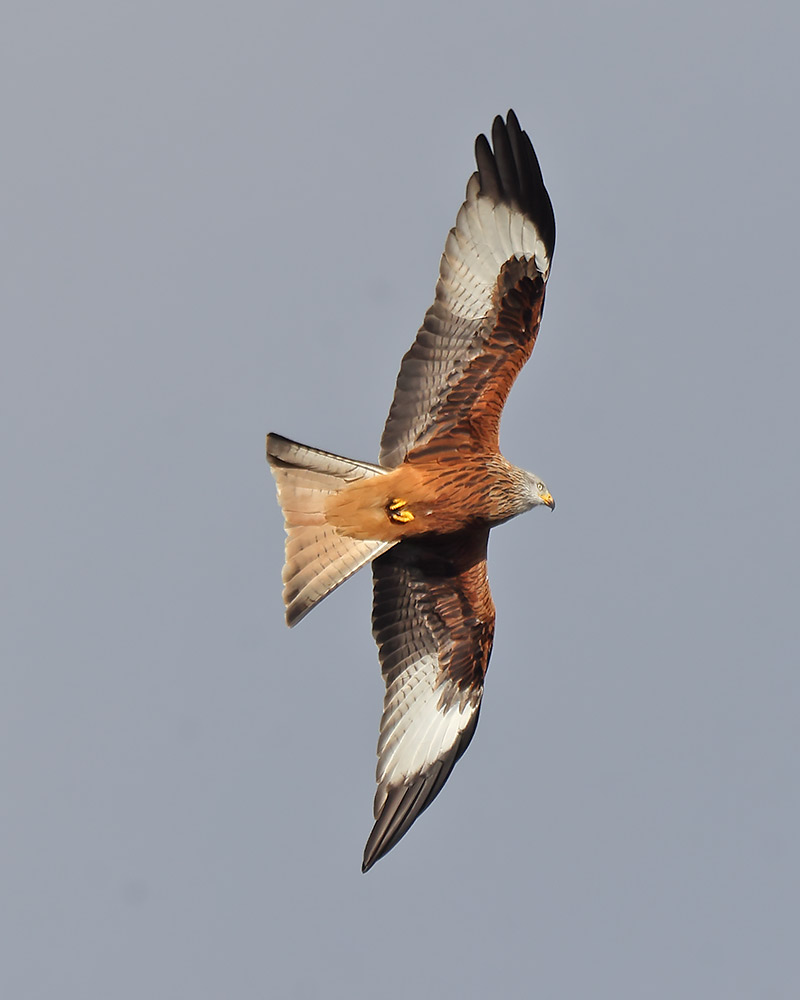
In the evening we failed to see the barn owl at Stiffkey, though had great views of the skeins of pink-footed geese.
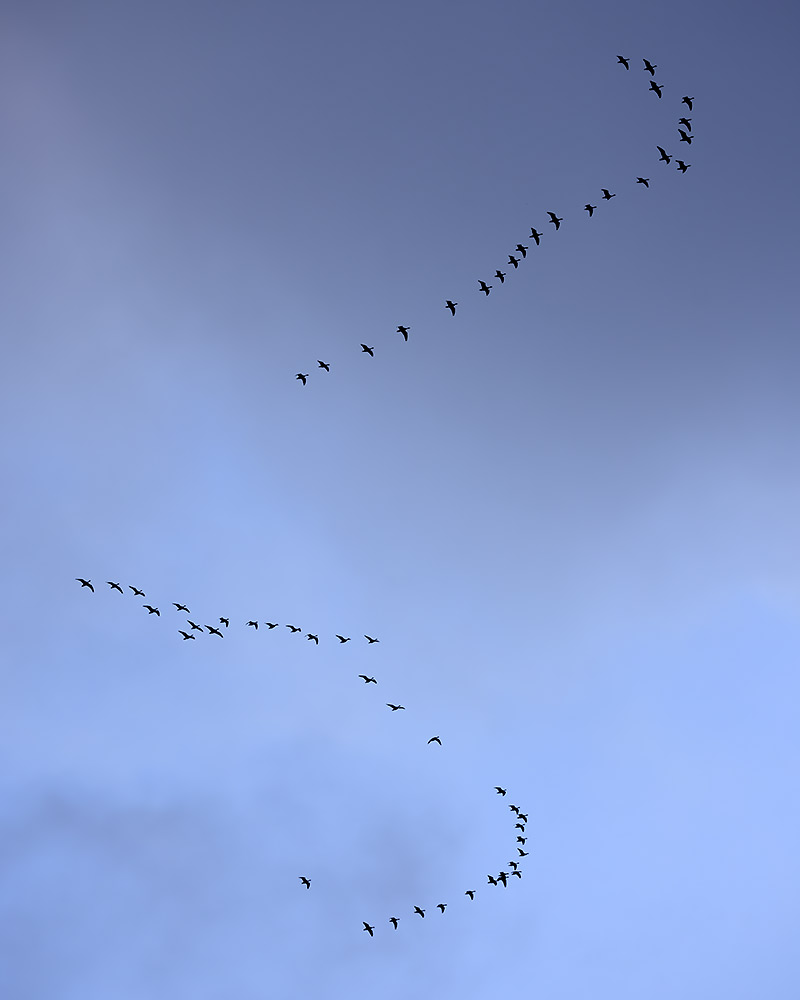
25th. We drove out early in the morning to Cockthorpe and saw 2 grey partridges, red-legged partridges, 2 yellowhammer and several brown hares.
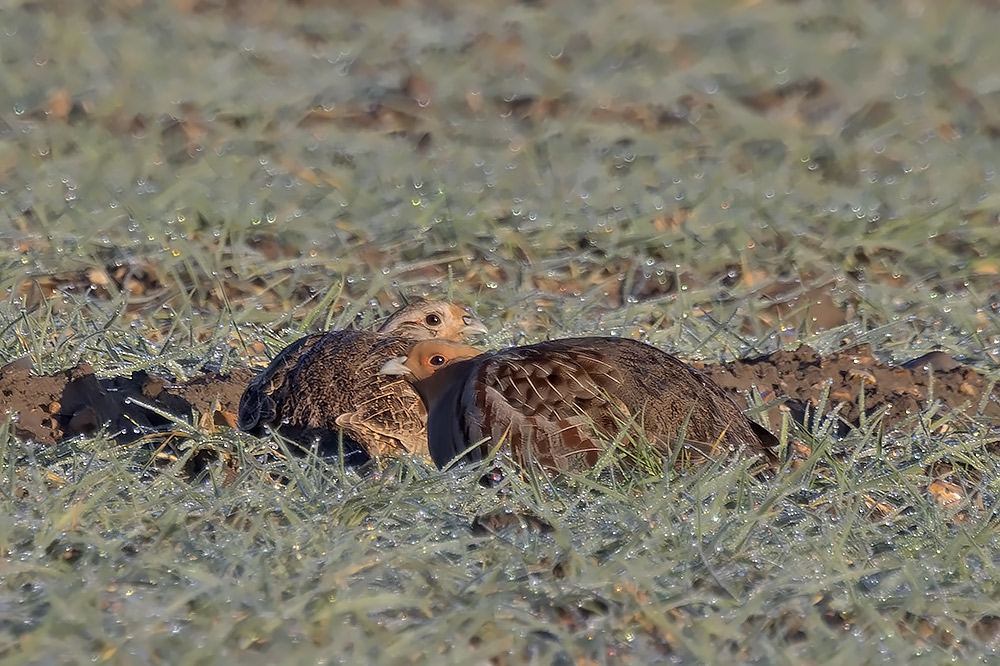
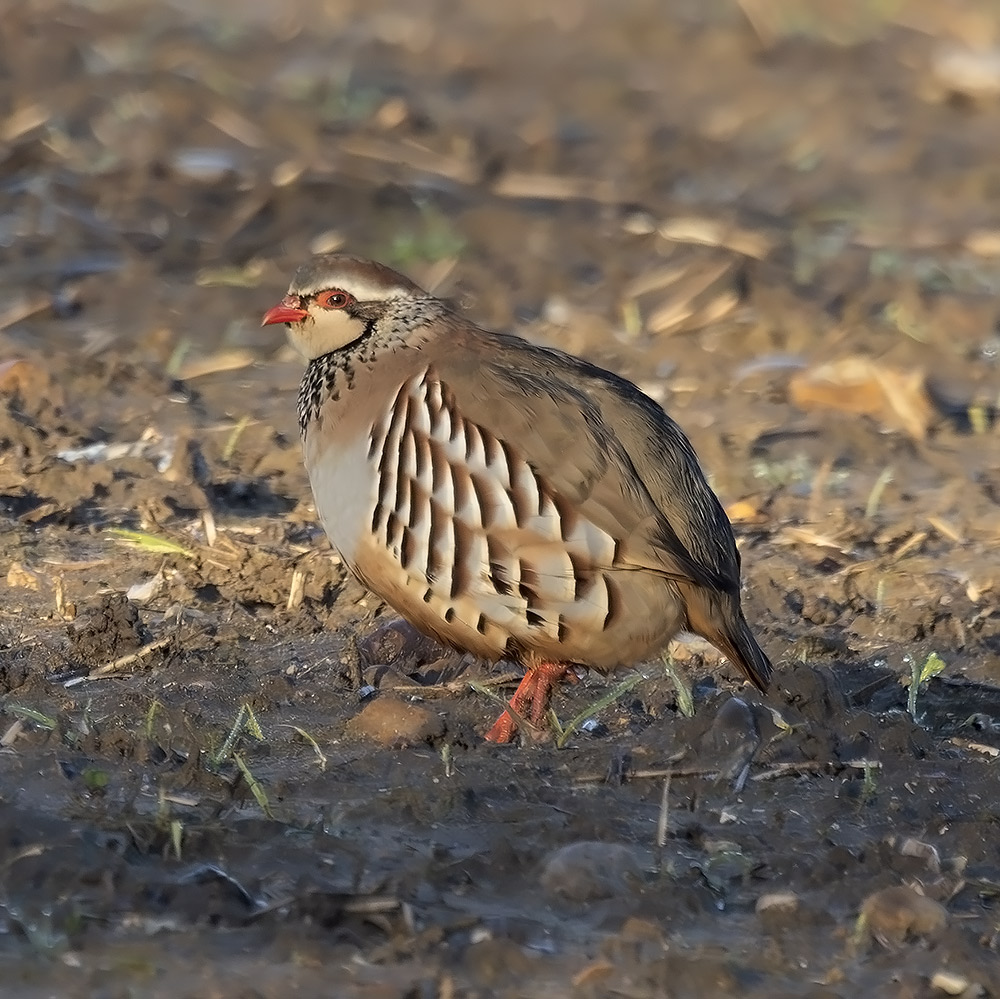
We missed the Lapland buntings at Weybourne, though I may have seen one scurrying in the stubble where a birder saw it minutes earlier. We then visited Cley and walked to the Iron Road at Salthouse, where we watched a flock of 15 twite.
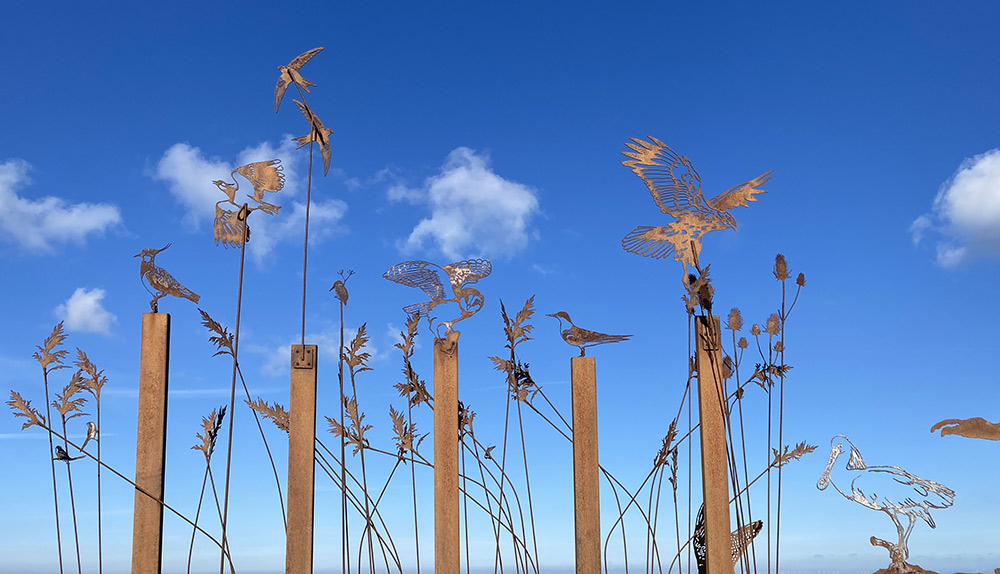
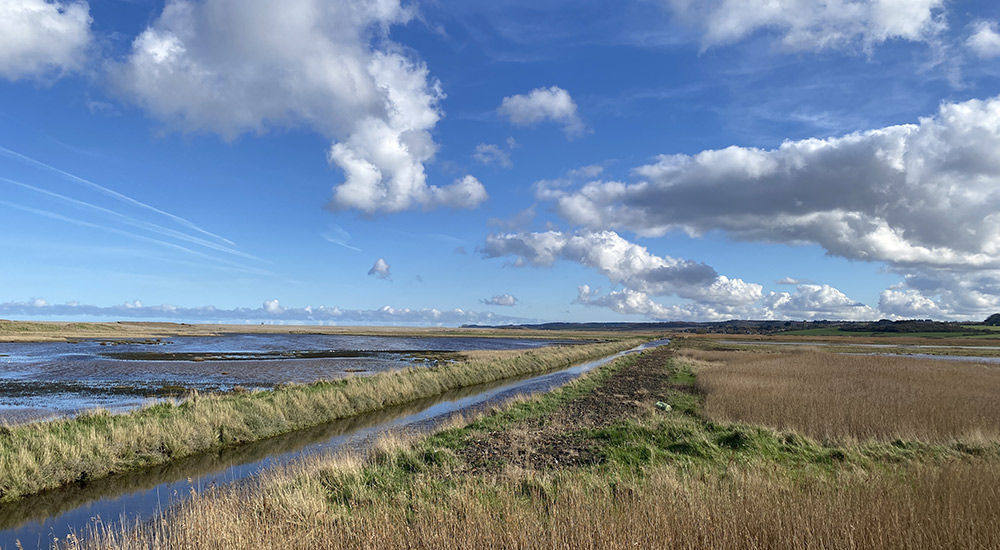
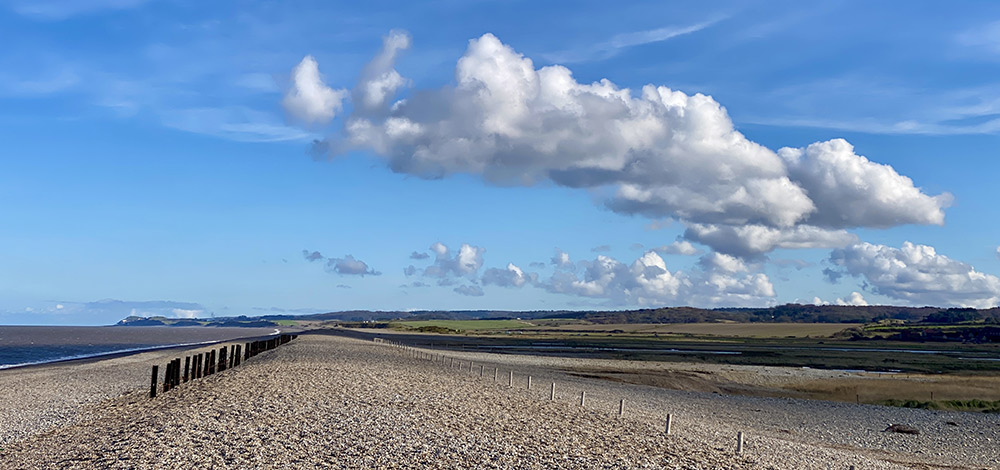
In the evening we watched corvids, brown hares, 6 muntjac and flocks of pink-footed geese overhead at Langham Dome.
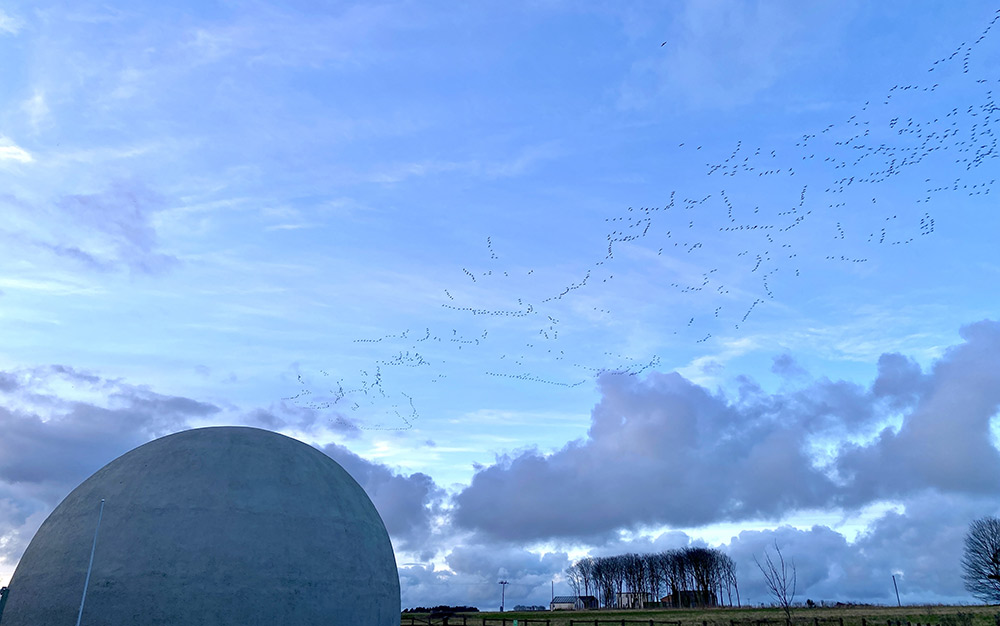
24th. Titchwell in the morning: avocets, red-breasted mergansers, a jack snipe, 2 bearded tits and a male brambling were the highlights.
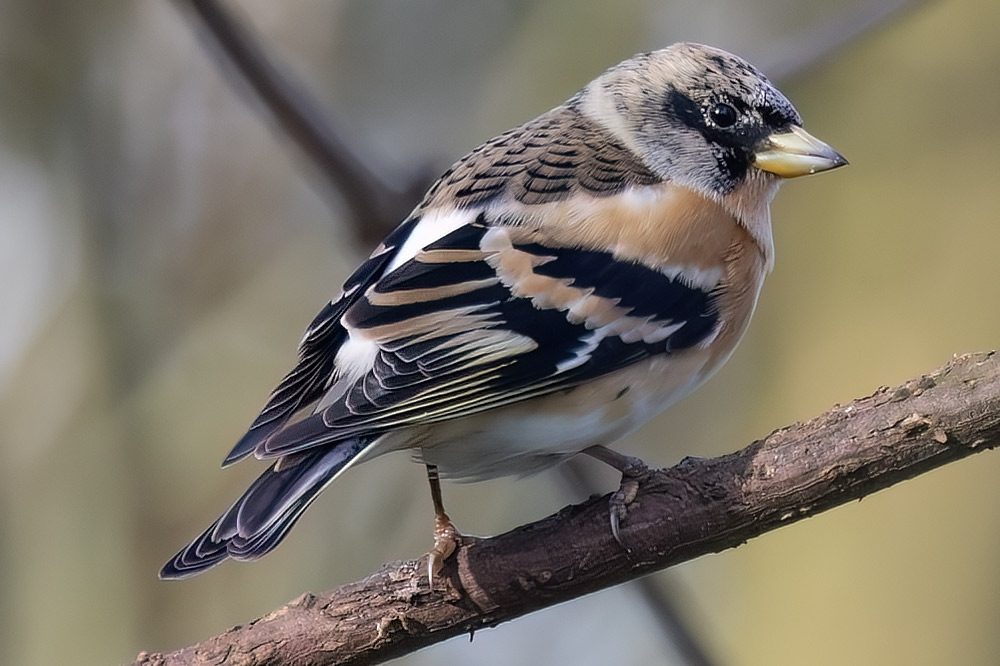
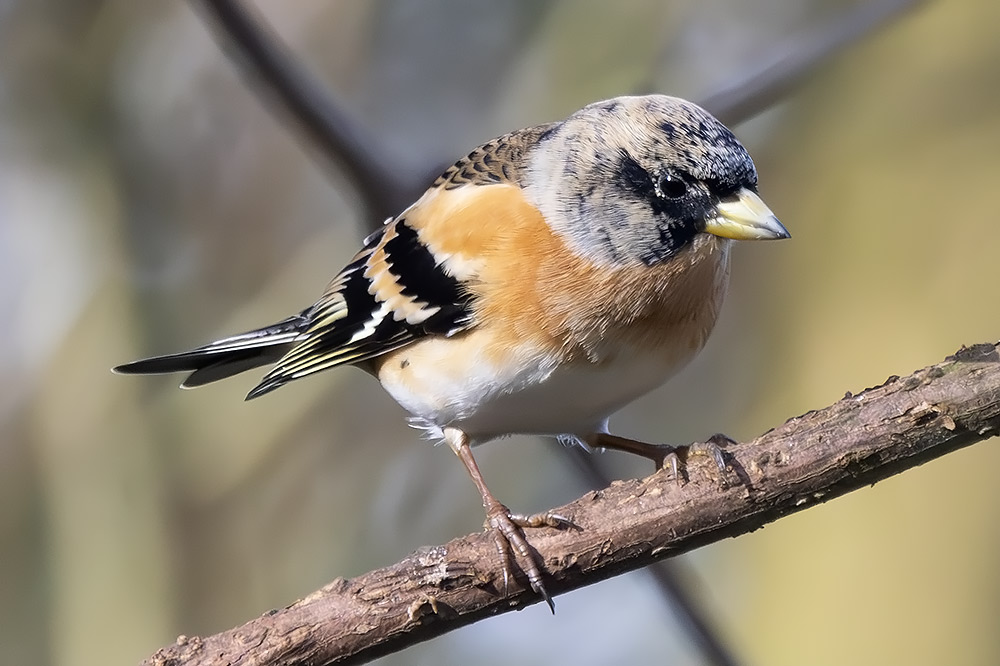
We also had good views of a Chinese water deer and a muntjac.
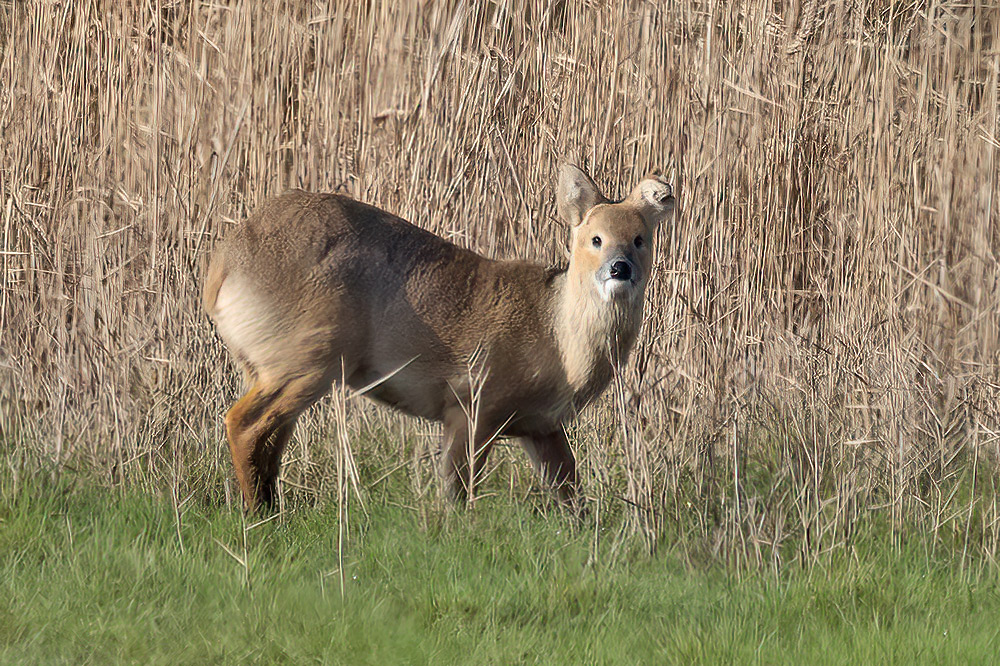
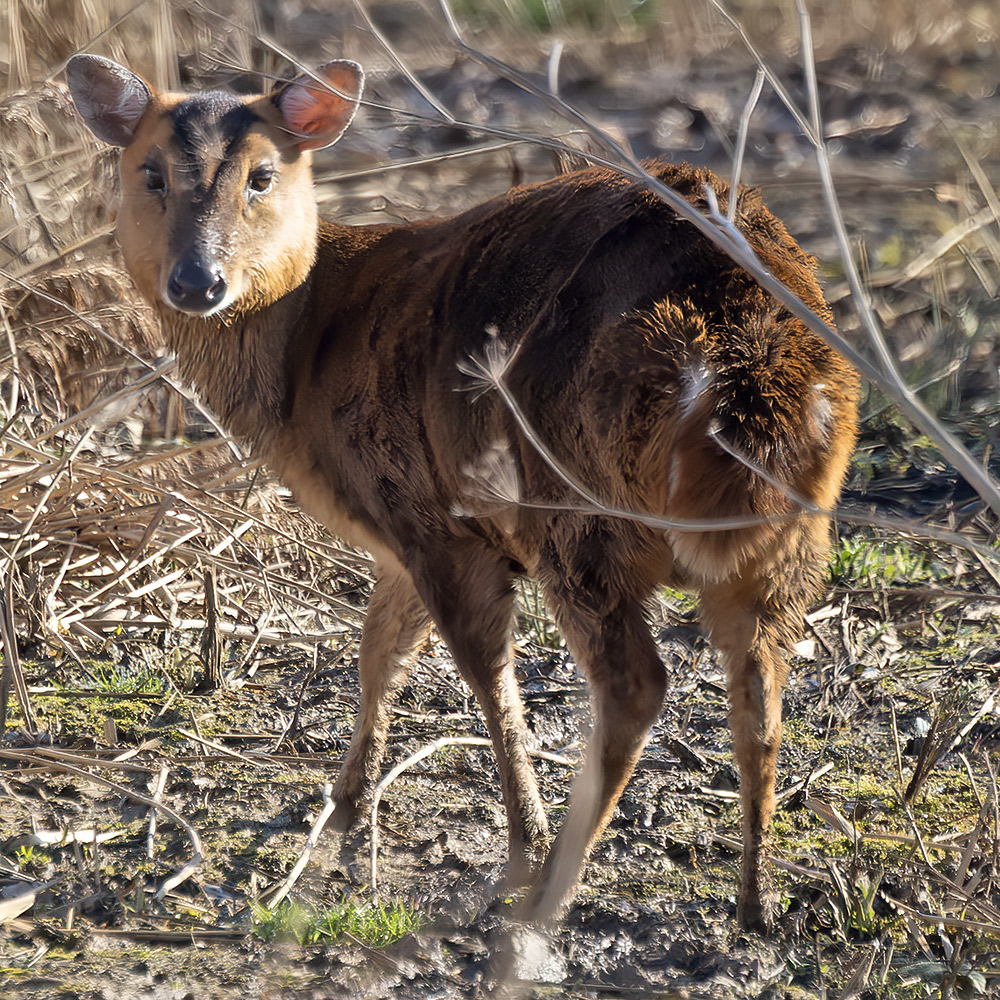
Common toad
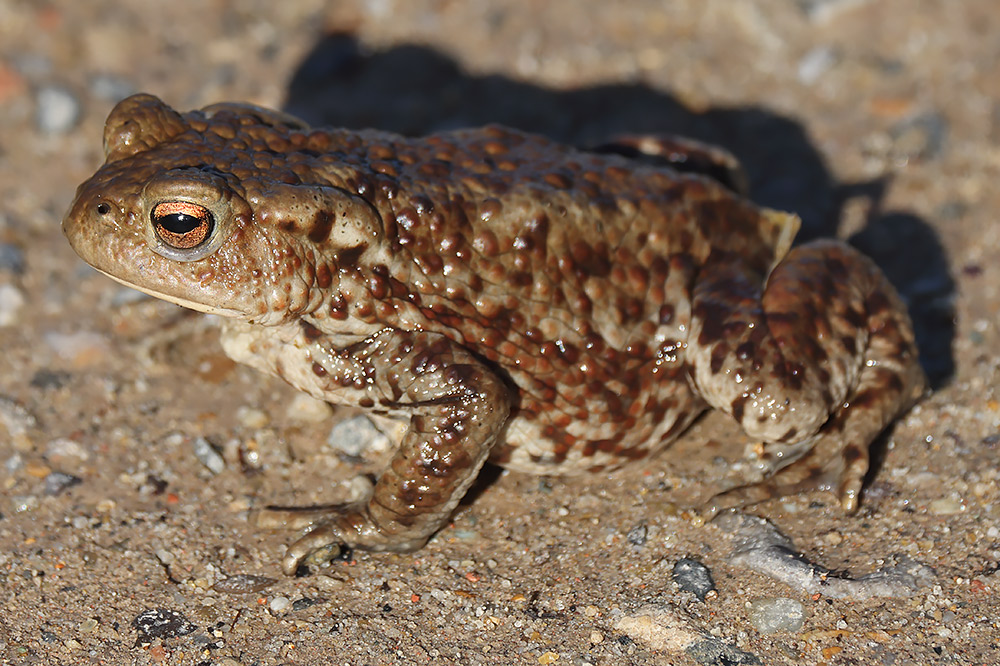
Next stop was Holme-next-the-sea Sea, where we quickly found 2 snow buntings west of the car park near the golf course.
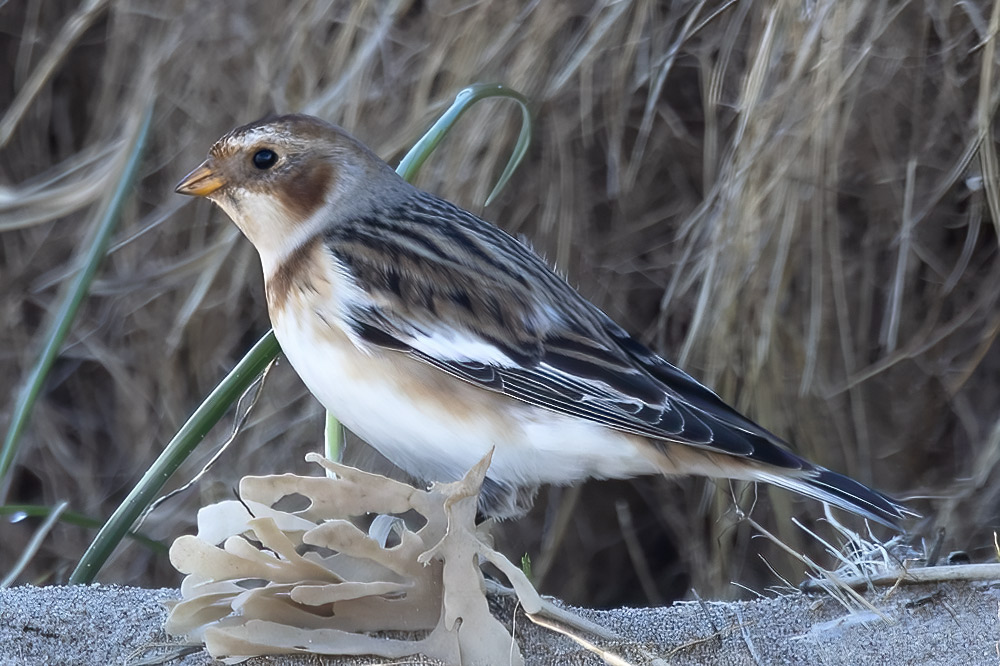
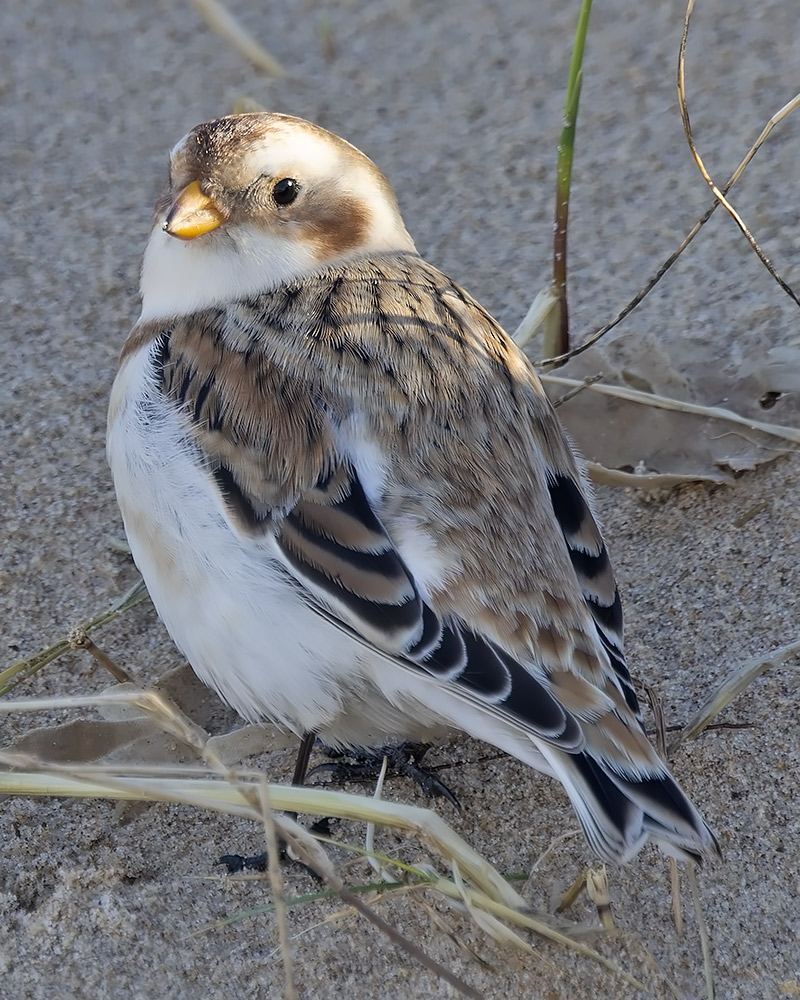
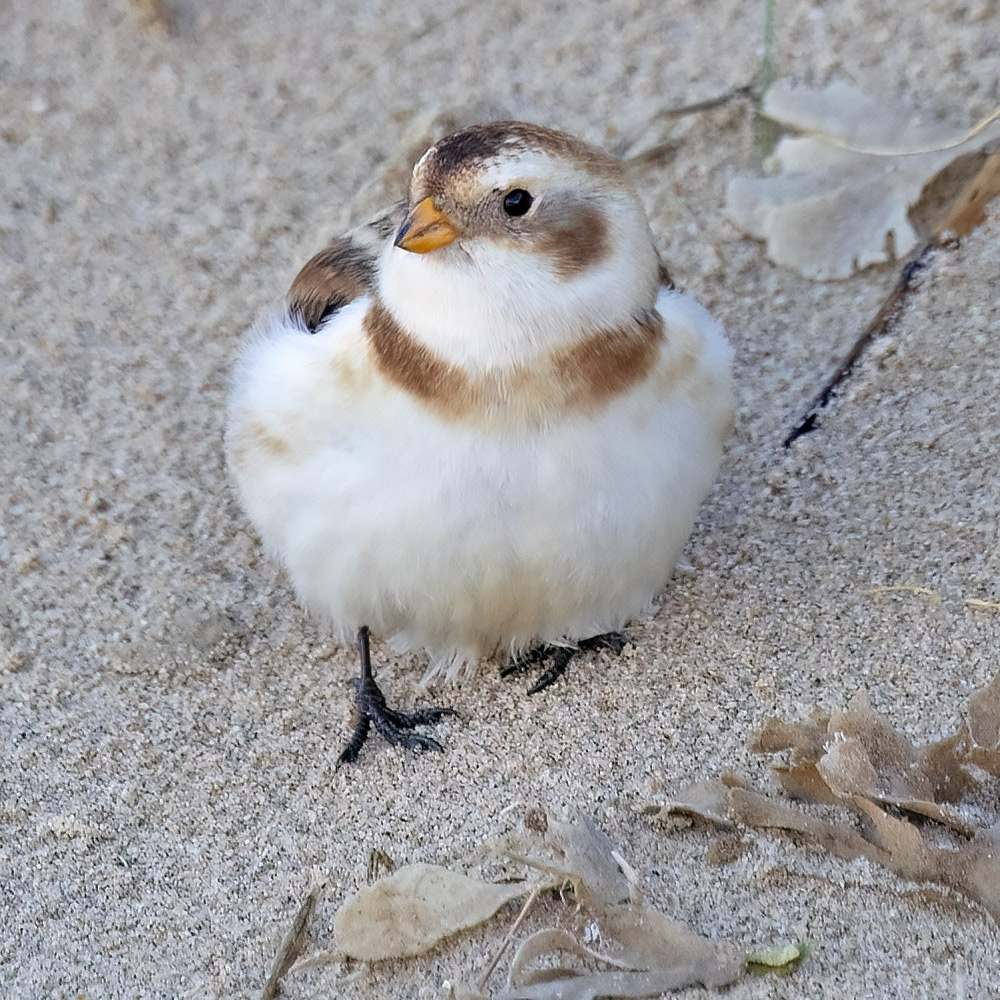
Then it was back to Holkham, where I picked our several velvet scoter in the scoter raft, and a red-breasted merganser. One common scoter drake had a lot of yellow on its bill, and I wonder if it had sometimes been called as the black scoter given its range. A drake green-winged teal was on the flooded land, my third of the year!
23rd: Holkham. I forgot my telescope, and didn't see the black scoter, though it may not have been there anyway among a large scoter raft. There were 13 shore larks in the fenced off area, and about 100 white-fronted geese, 9 spoonbills and a great egret on the marsh from near the Joe Jordan hide. Egyptian geese were widespread. We saw muntjac, and 2 red deer.
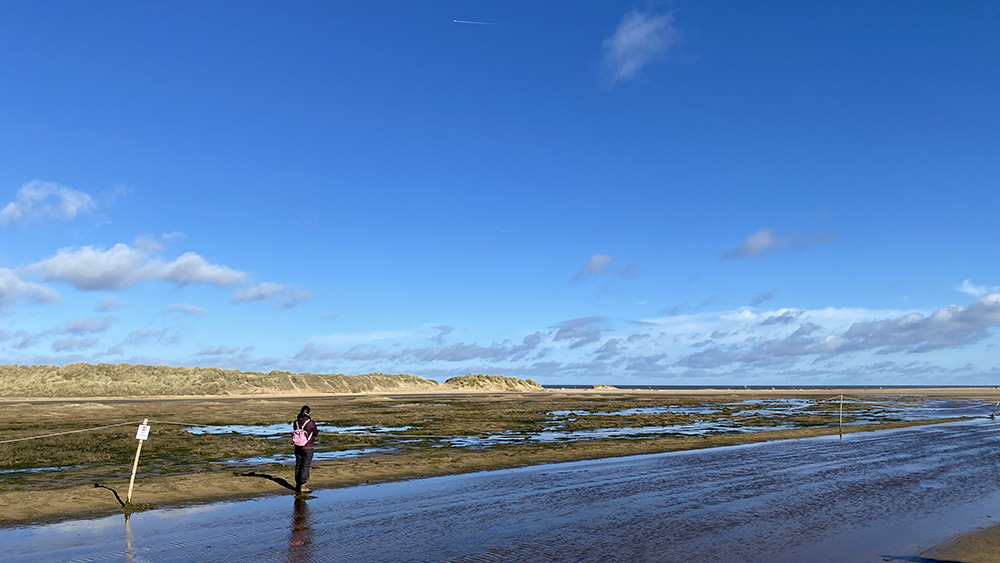

Large numbers of dark-bellied brent geese were in the harbour at Wells-Next-The Sea, and 3 red kite drifted over.
In the late afternoon we visited Warham green, overlooking the salt marsh, and saw the 2nd winter female pallid harrier, 2 ringtail hen harriers and 7 marsh harriers, together with 2 short-eared owls. There were 2 grey partridge in an arable field near Cockthorpe, and big skeins of pink-footed geese flew to roost in the evening.
Quirks of West Cornwall. Maritime art in Newlyn Harbour, and the old tradition of carpentry and undertaking still in operation at Crows-an-wra. A chiffchaff was singing in Newlyn on 18th.
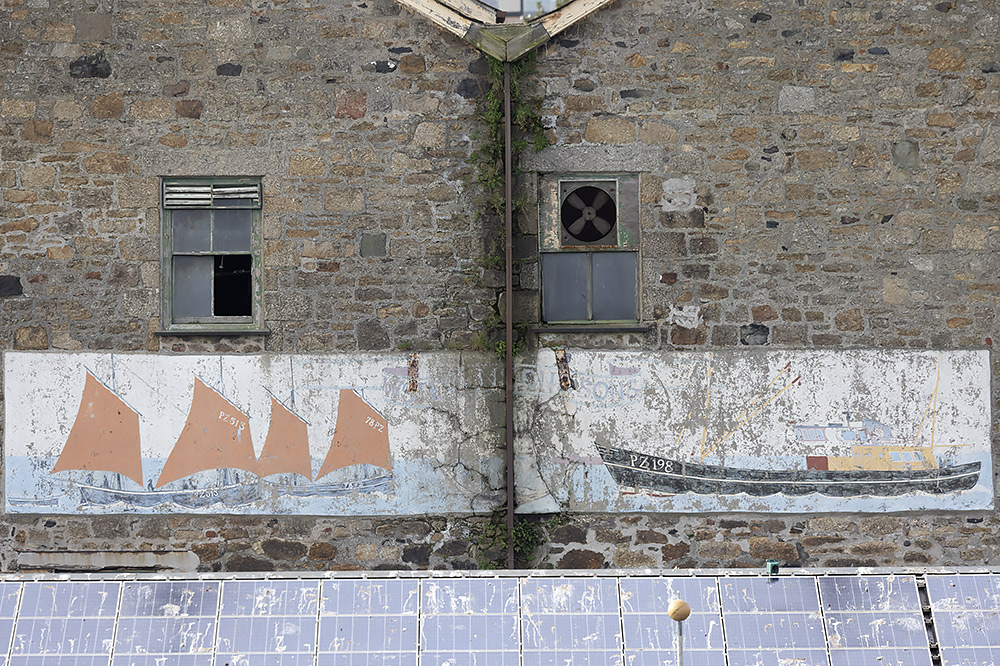

19th. A first-winter Iceland-type gull was seen in St Ives on 18th, and I went to look for it the following day. I found the bird near Pedn Olva Hotel, and it roamed to the harbour. I had some great views, and my photos showed darker, creamy markings around the shafts of the flight feathers and a fairly dark tail band. The bill looked dark from a distance, though had some pink at the base. The bird showed many characteristics of the North American subspecies Kumlien's gull, and is almost certainly the bird that has been seen on the Hayle Estuary since early January. It is now looking more bleached, and has more pink in the bill.
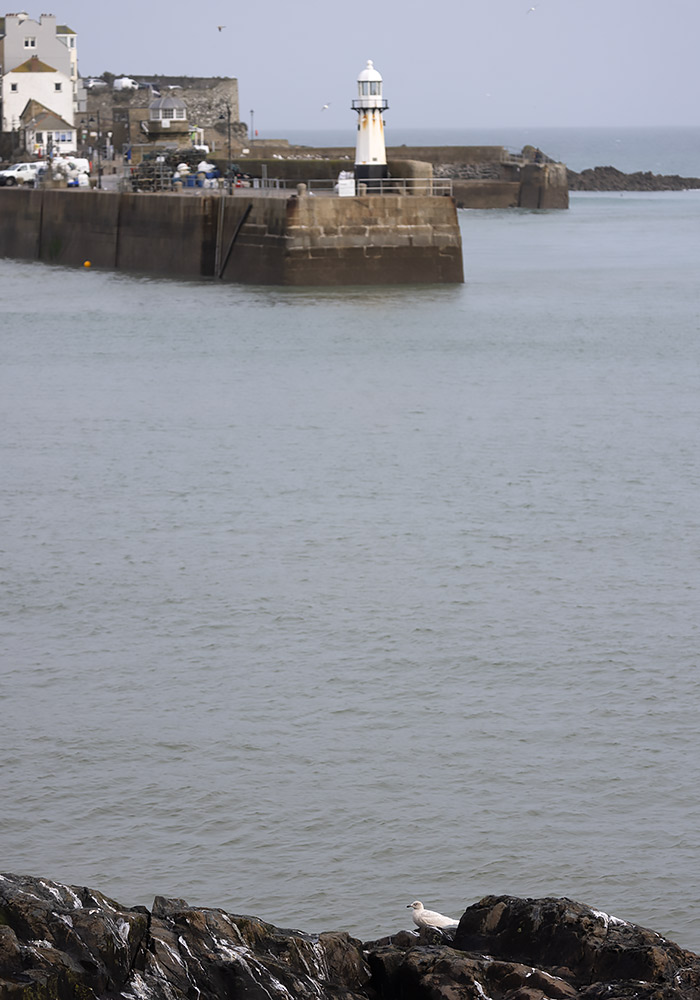
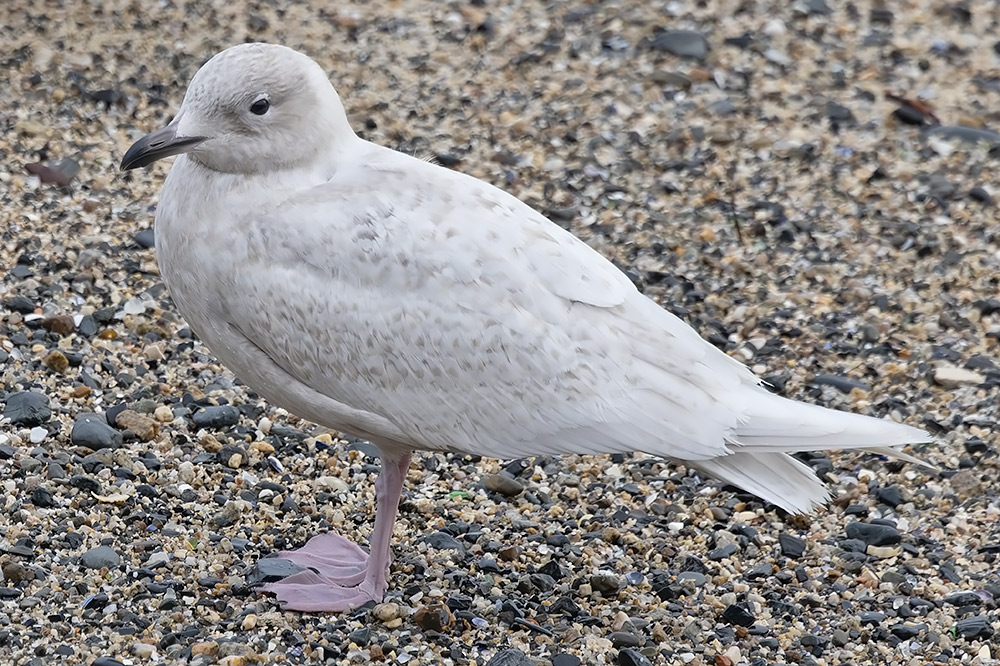
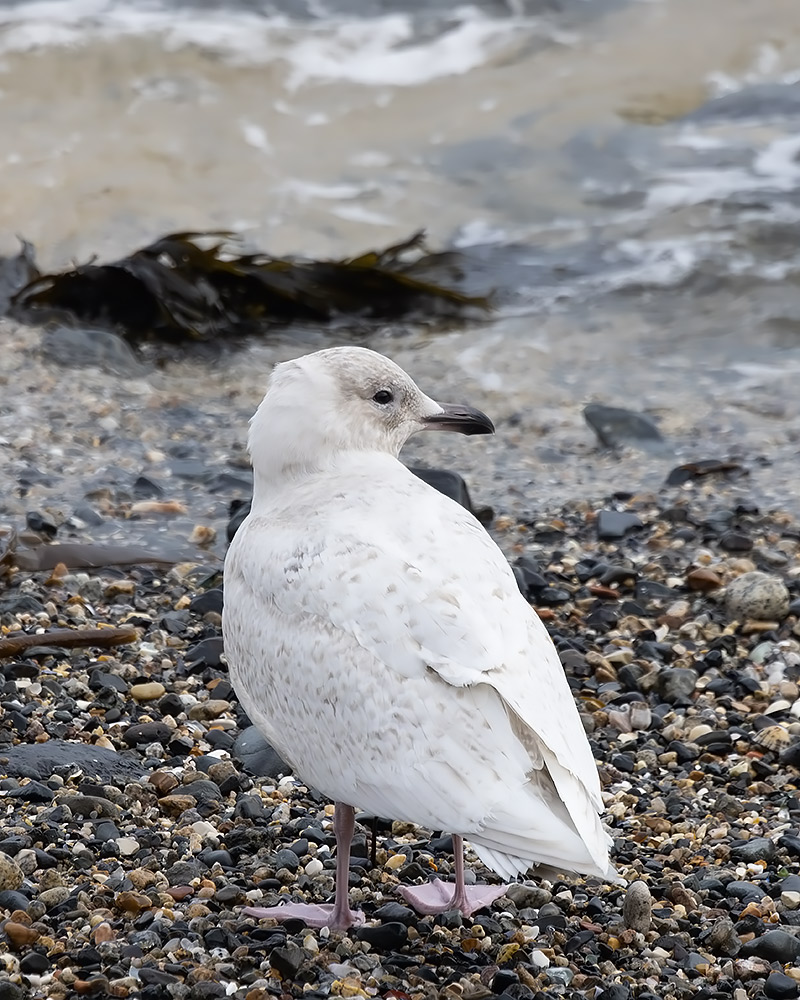
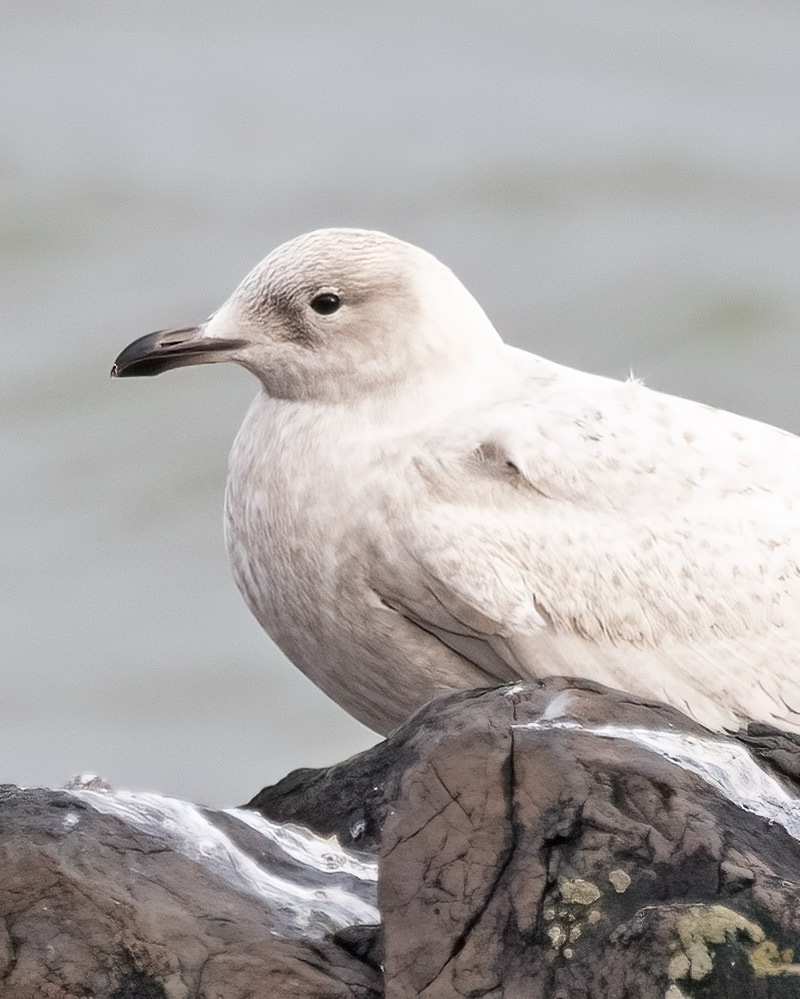
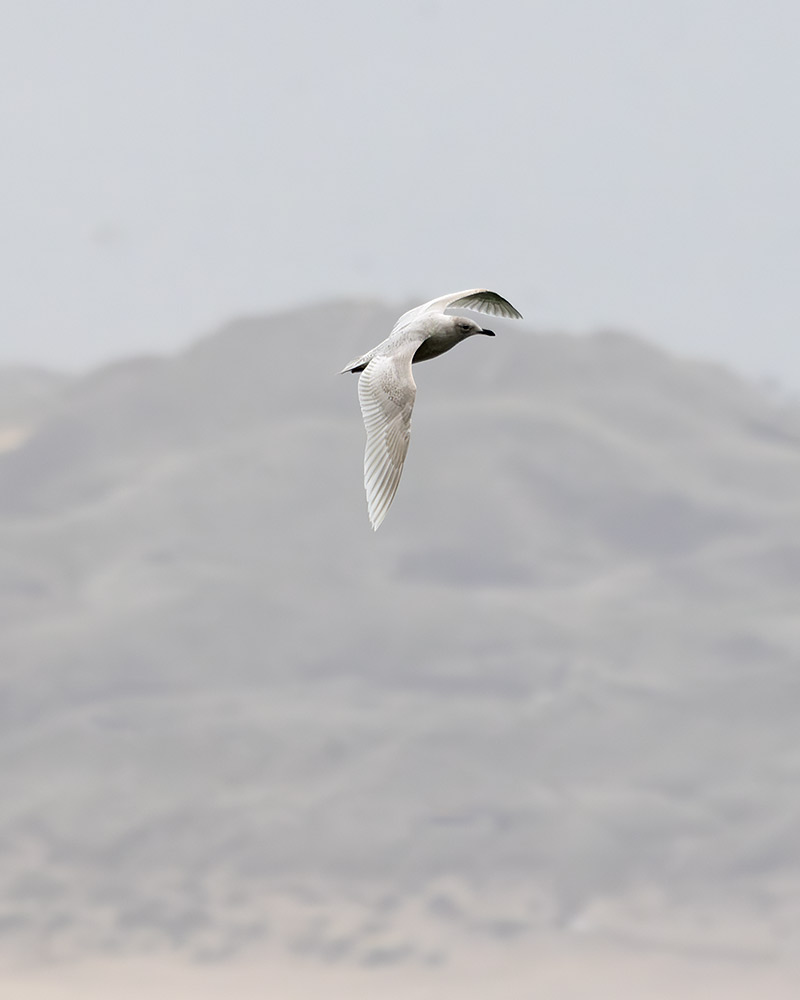
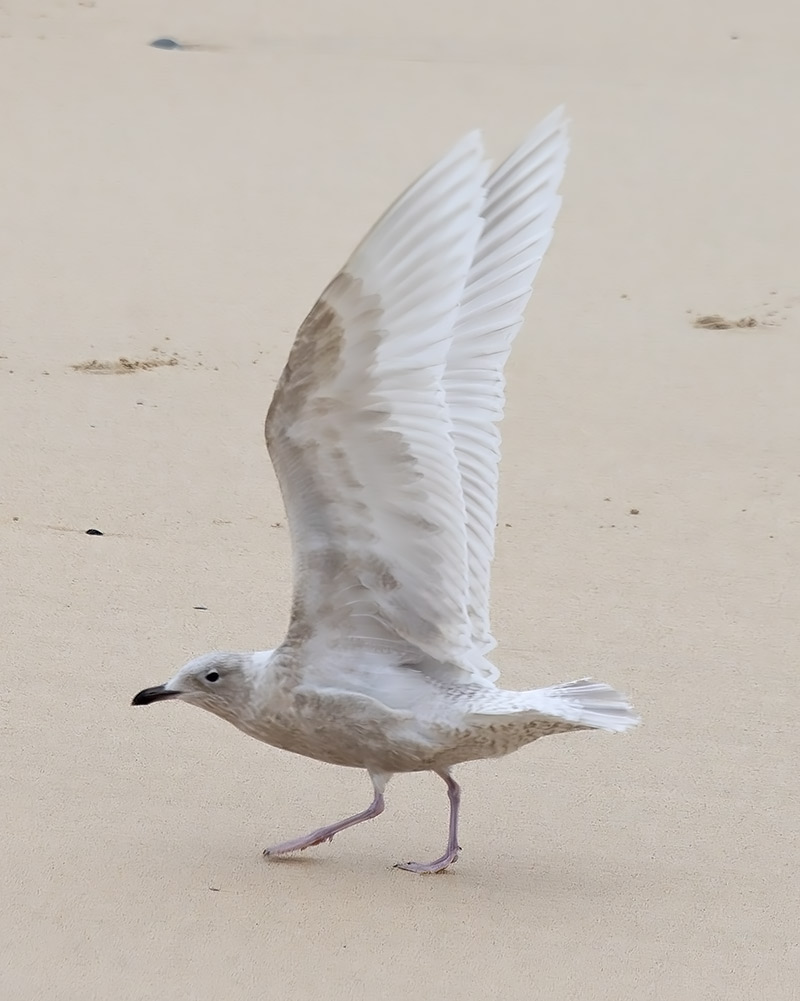
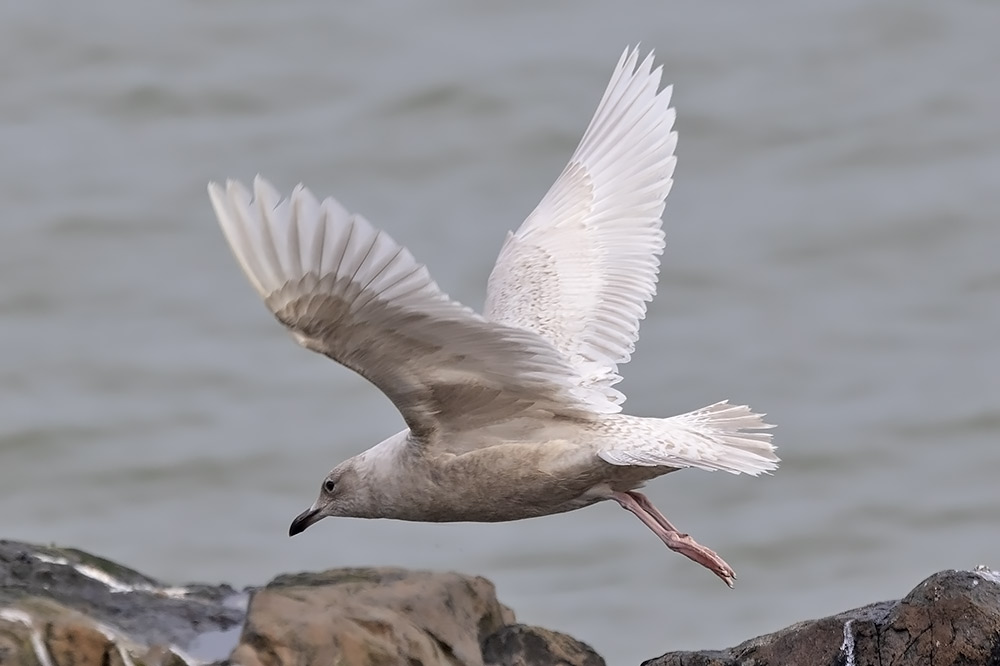
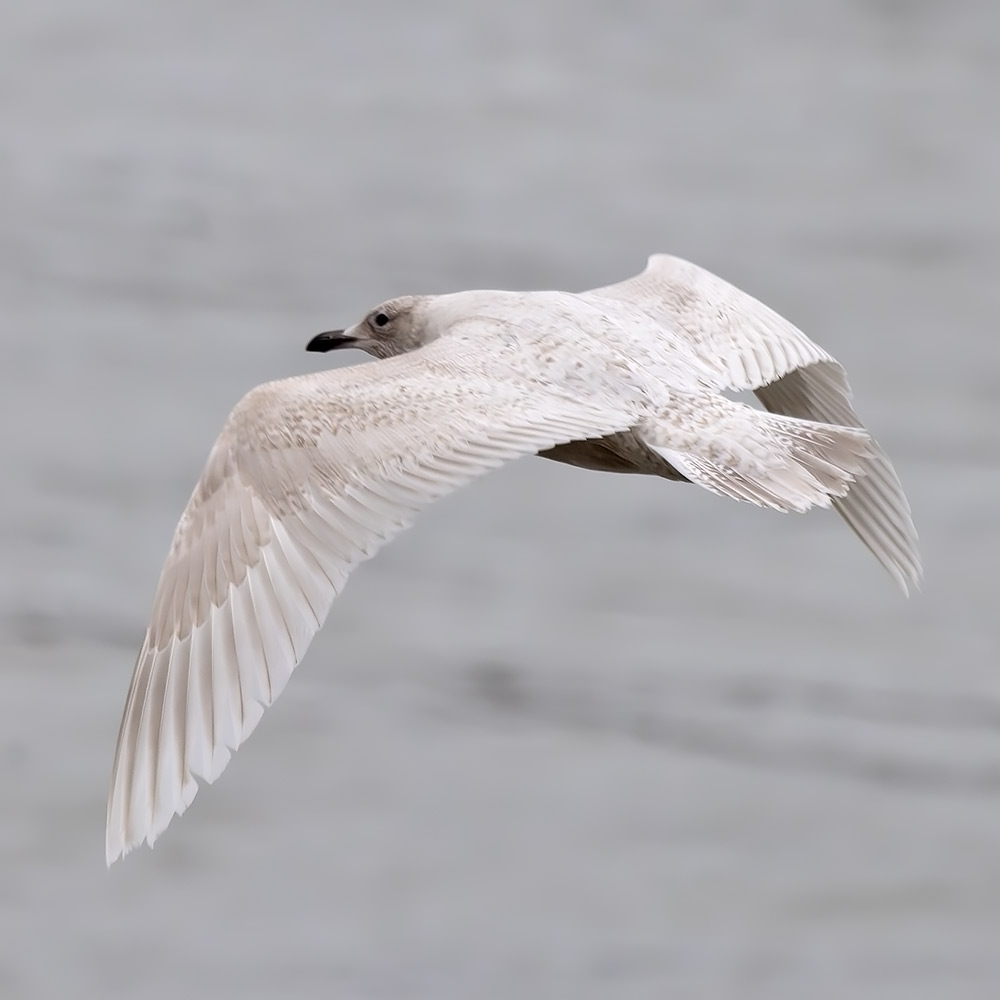
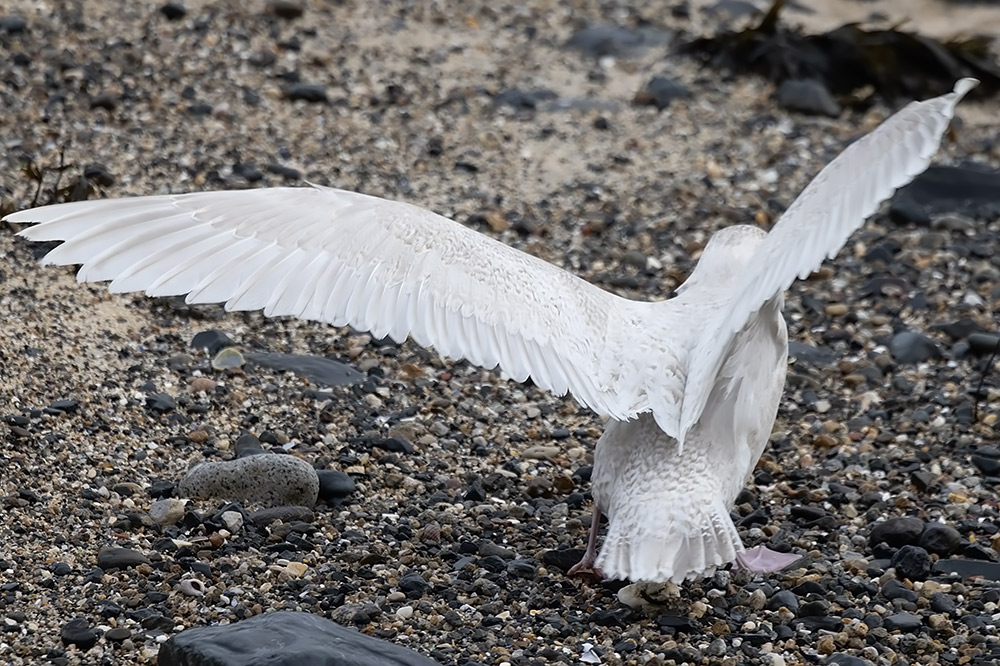
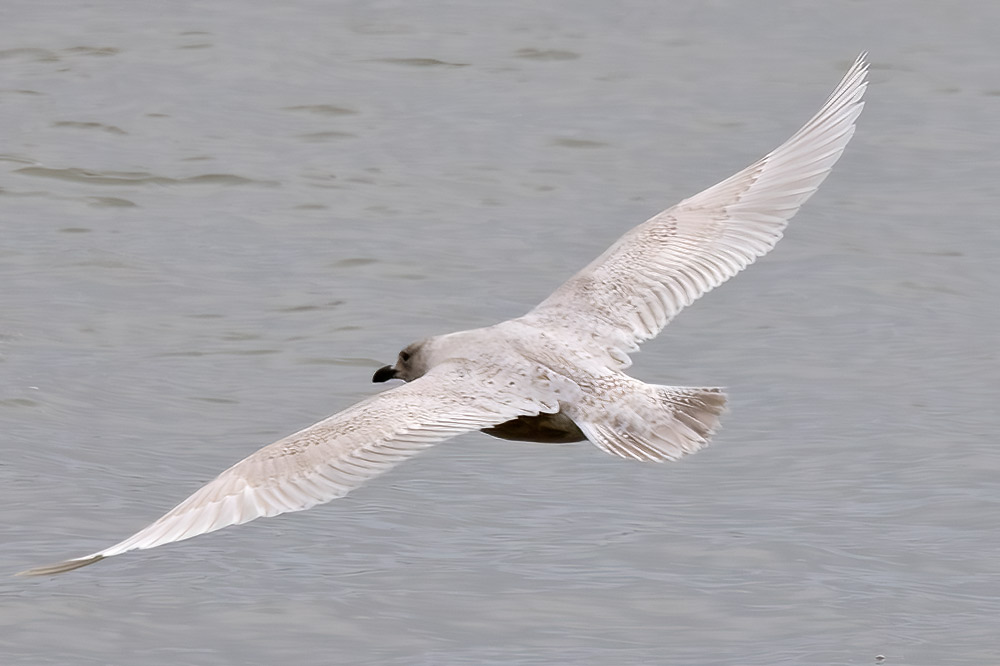
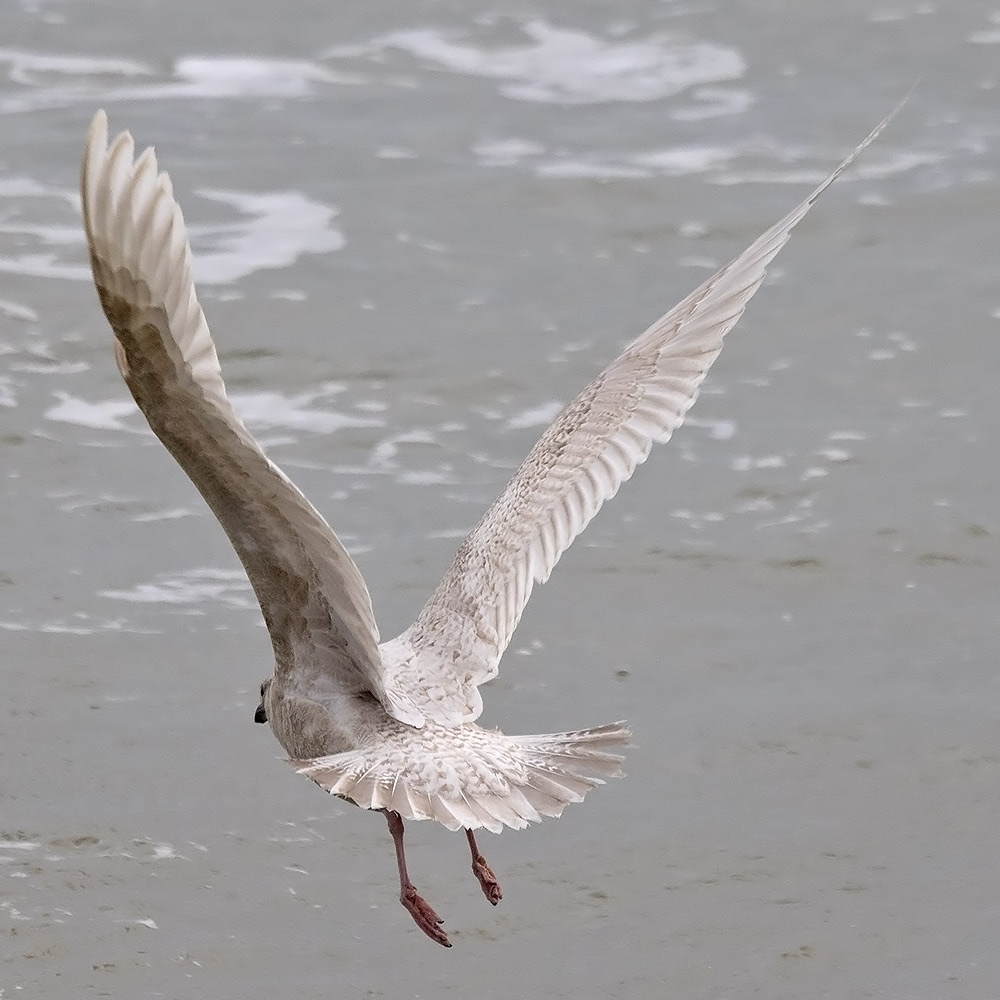
There are at least two colour winged herring gulls around the harbour. W195 is paired up and is 10 years old now. W195 is a first-winter bird ringed on 26 January this year.
Two male eider in Mount's Bay from Newlyn Harbour.
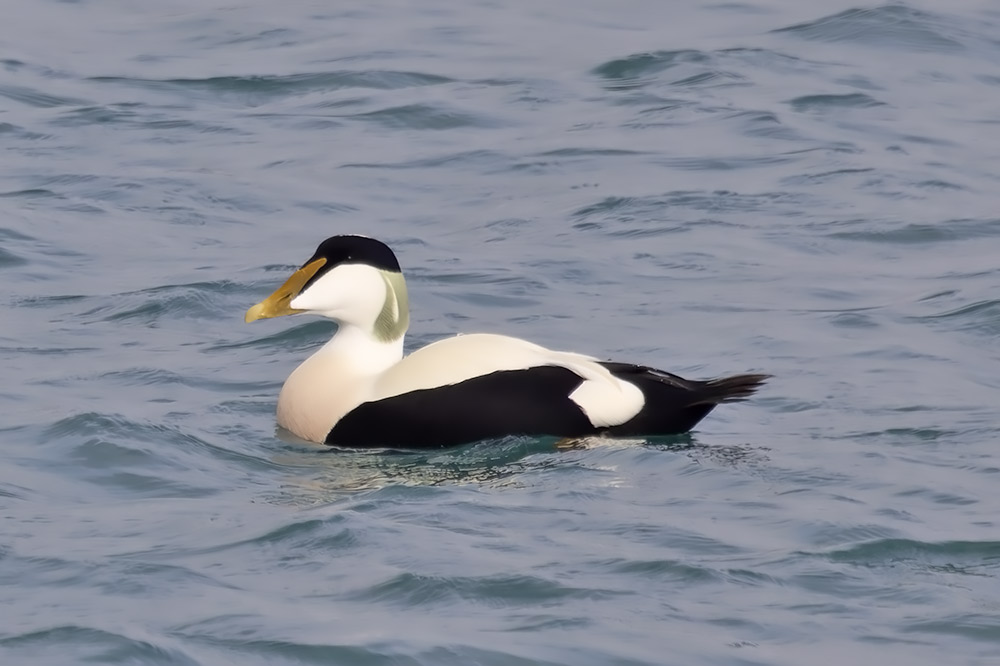
18th. Two chough at Sennen Harbour and a short-eared owl and a ringtail hen harrier on the West Penwith moors. Frogs calling, and ca. 140 golden plover over.
16th. Spoonbill, yellow-legged gull, dunlin and about 20 each of bar-tailed godwit and grey plover on the Hayle estuary.
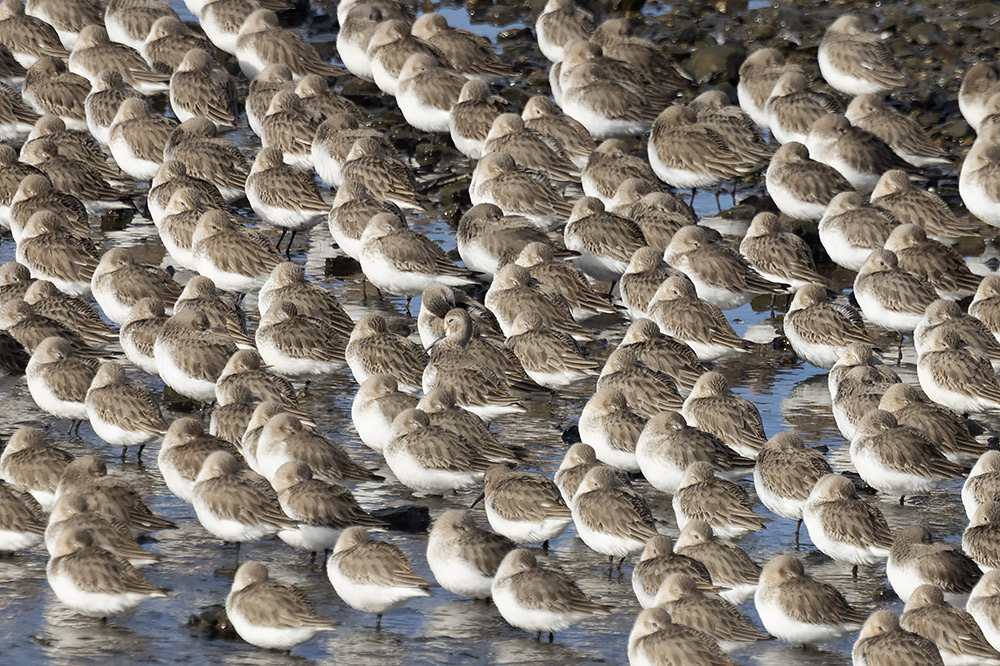
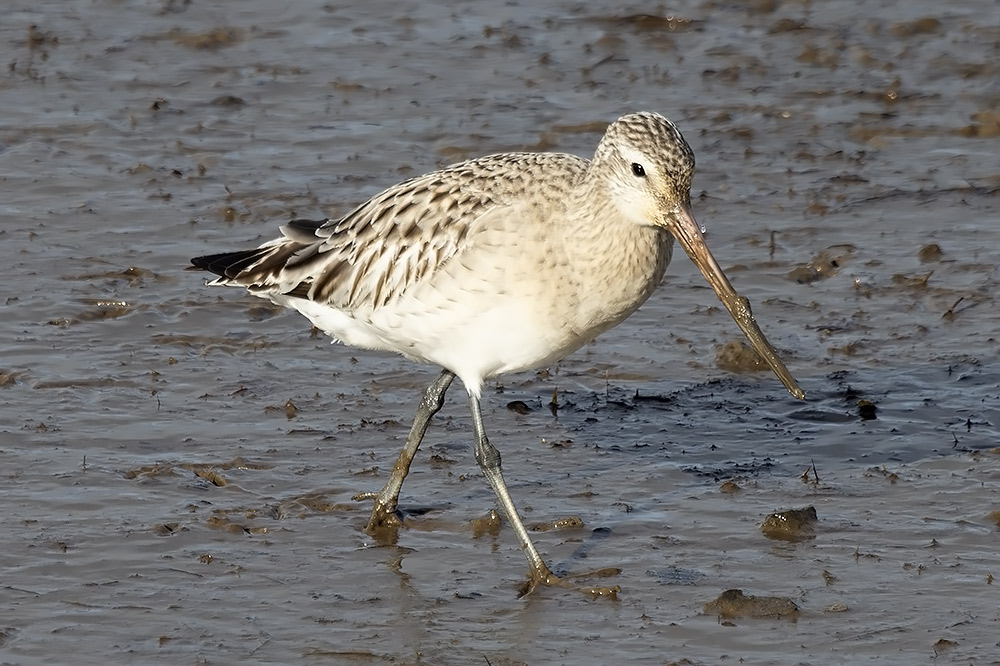
12th: At least 7 goshawk sightings (up to 3 birds at once) from New Fancy View around lunchtime on a sunny day.
7th: Forest of Dean: at least 2 hawfinches and a dipper with a yellow colour ring on its right leg at Parkend; mandarins and 6 goosander at lower Cannop Pond; marsh tit and a siskin flock at upper Cannop Pond feeder; crossbill at New Fancy viewpoint but no goshawk activity on a calm but grey day.
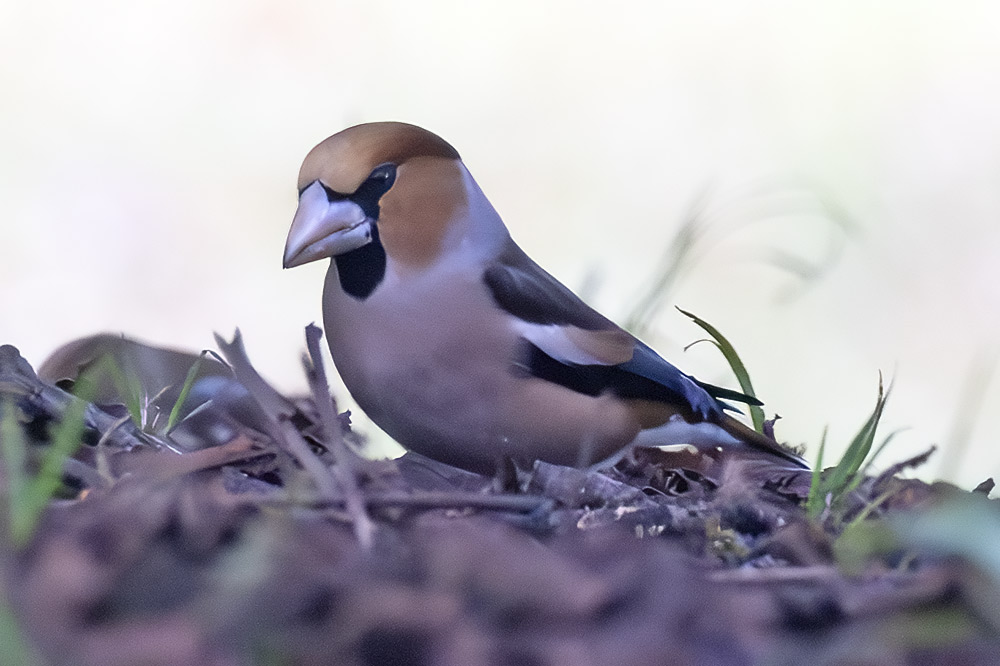
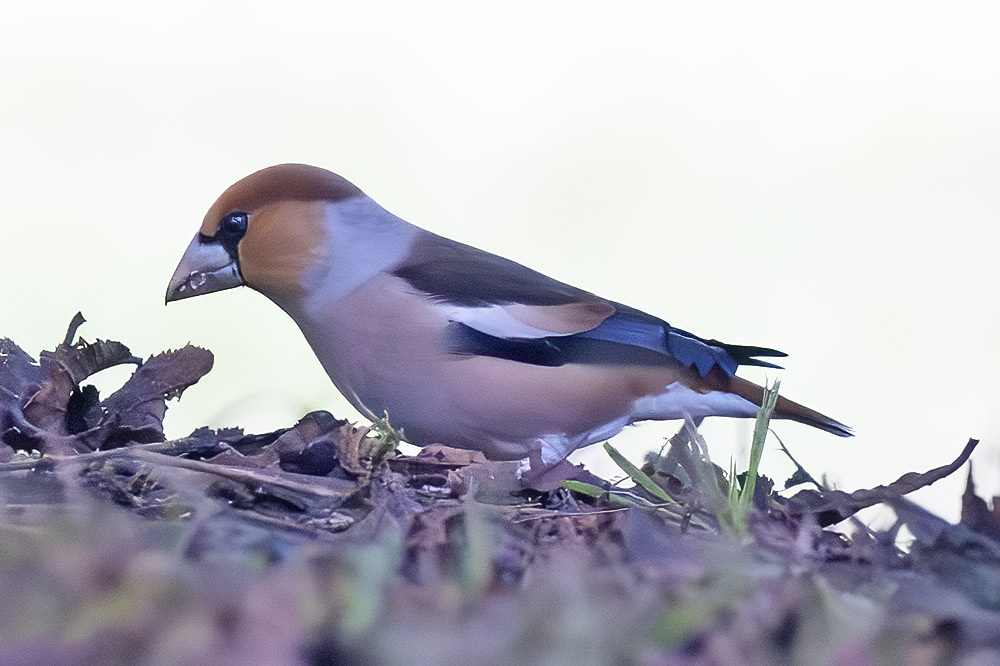
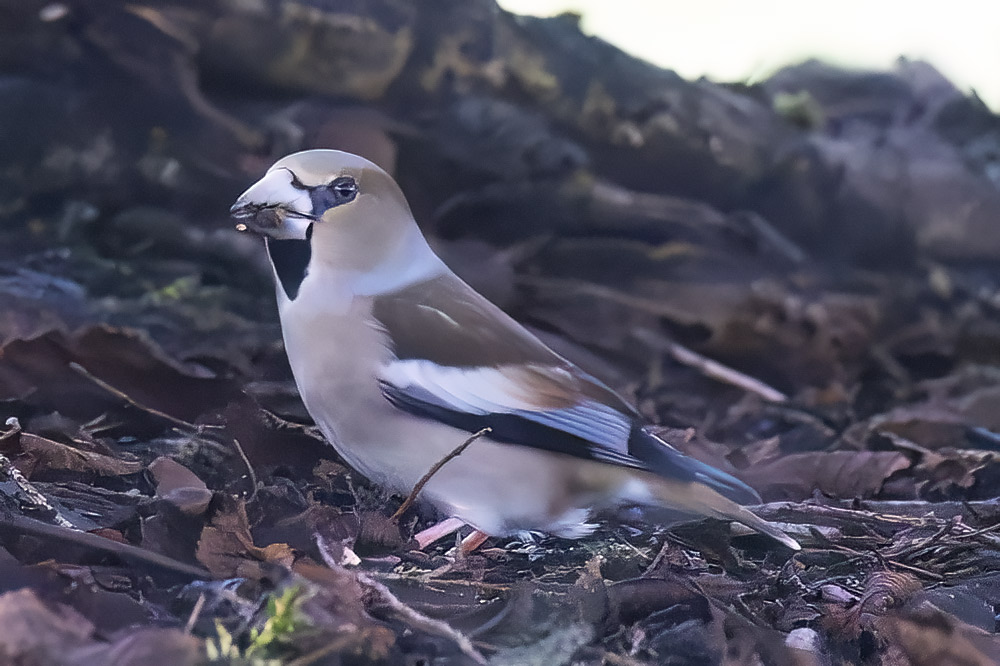
3rd: at least one kingfisher at Snuff Mills. No sign of any dippers though.
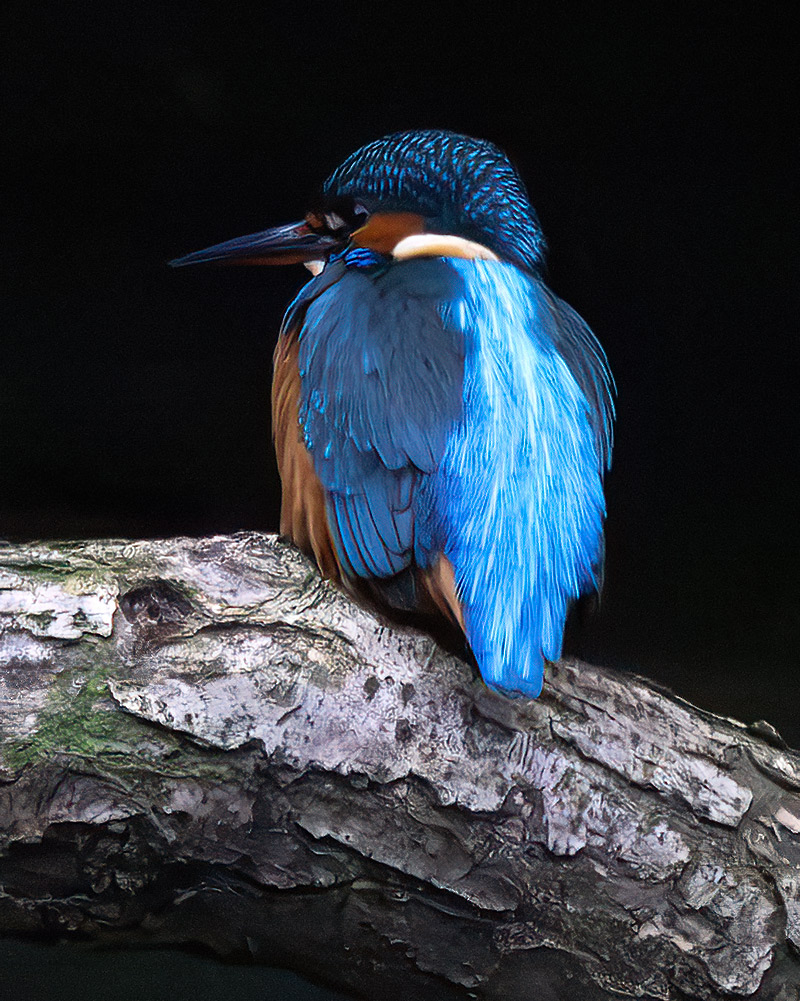
2nd: Three teal species at Greylake RSPB - Eurasian, green-winged and this splendid drake Baikal teal, probably the same bird from two winters ago.
